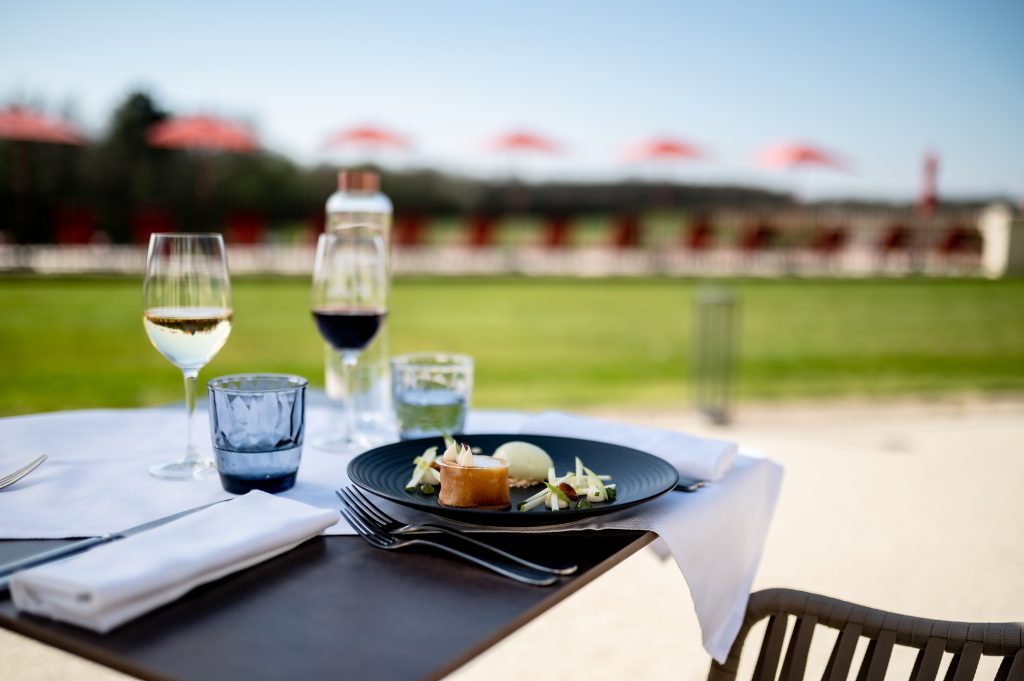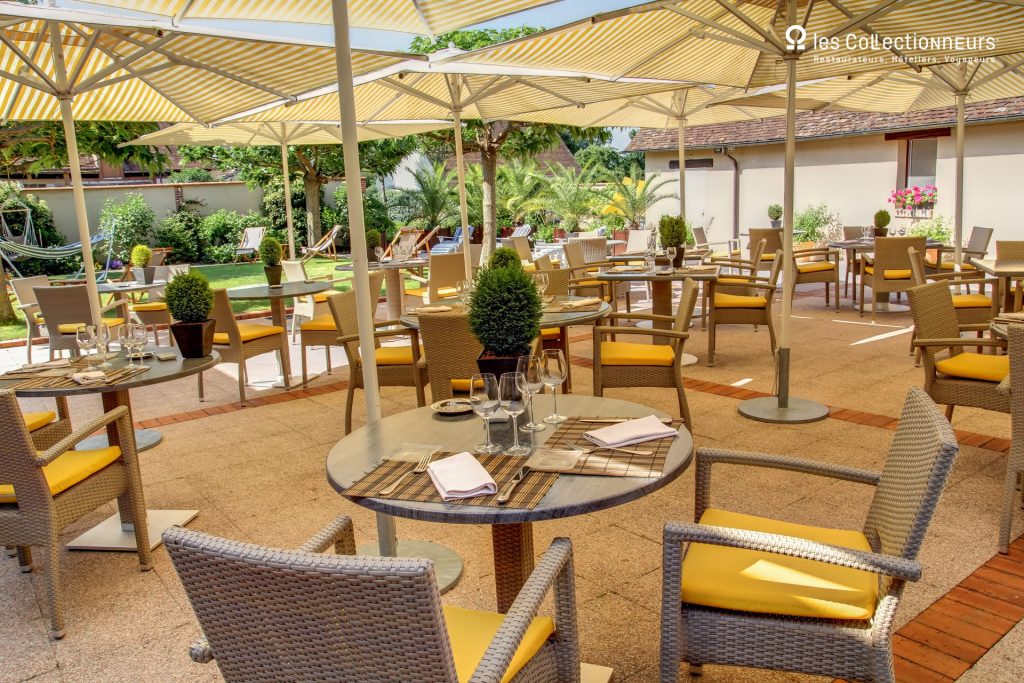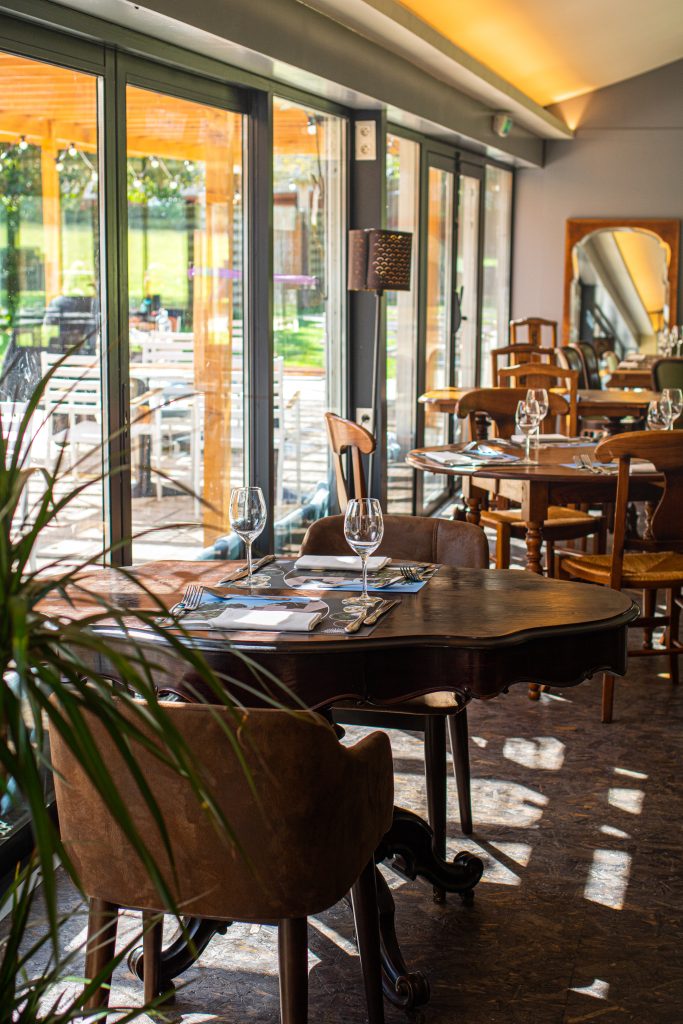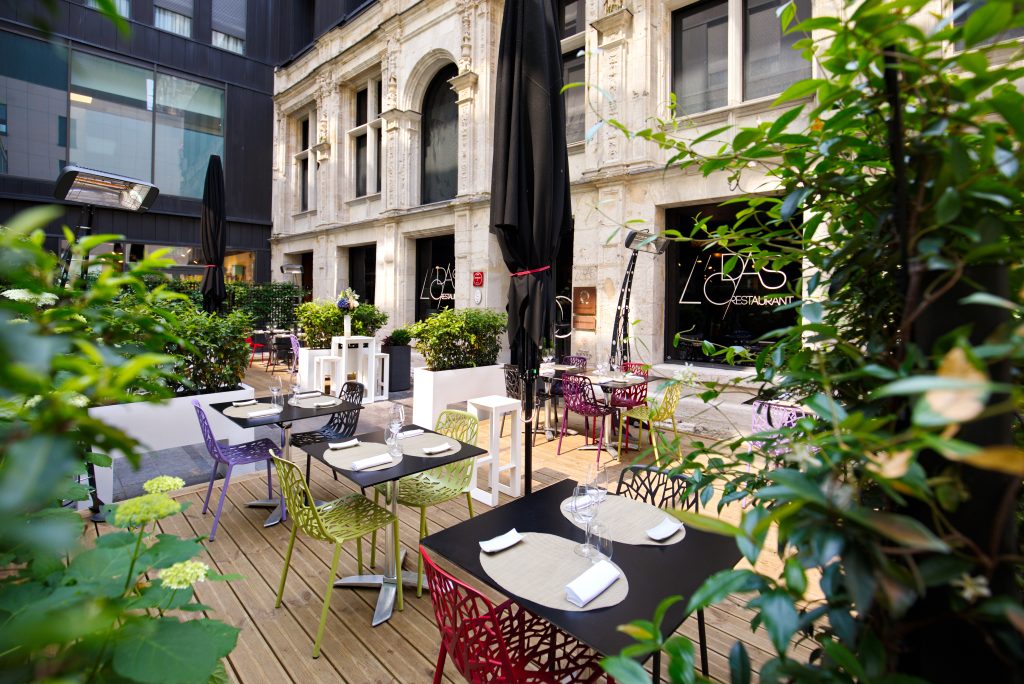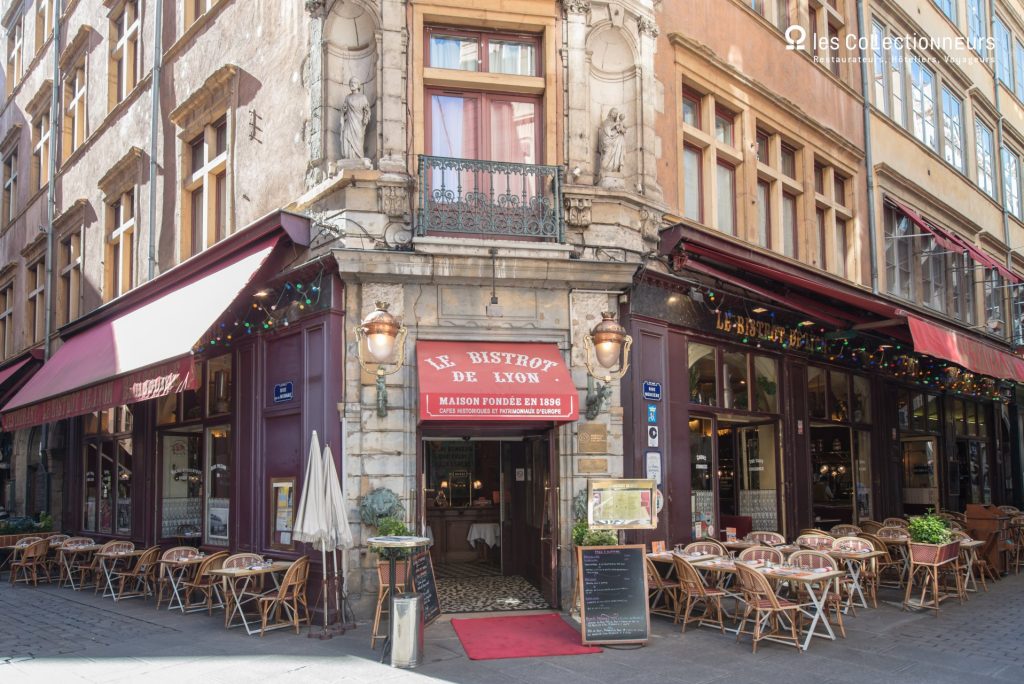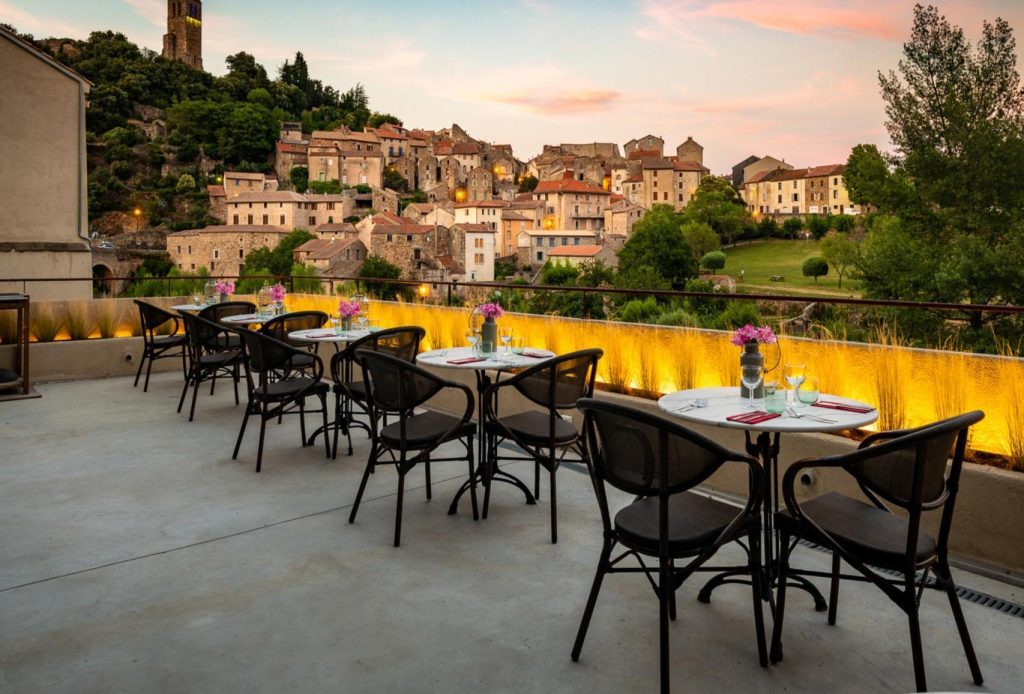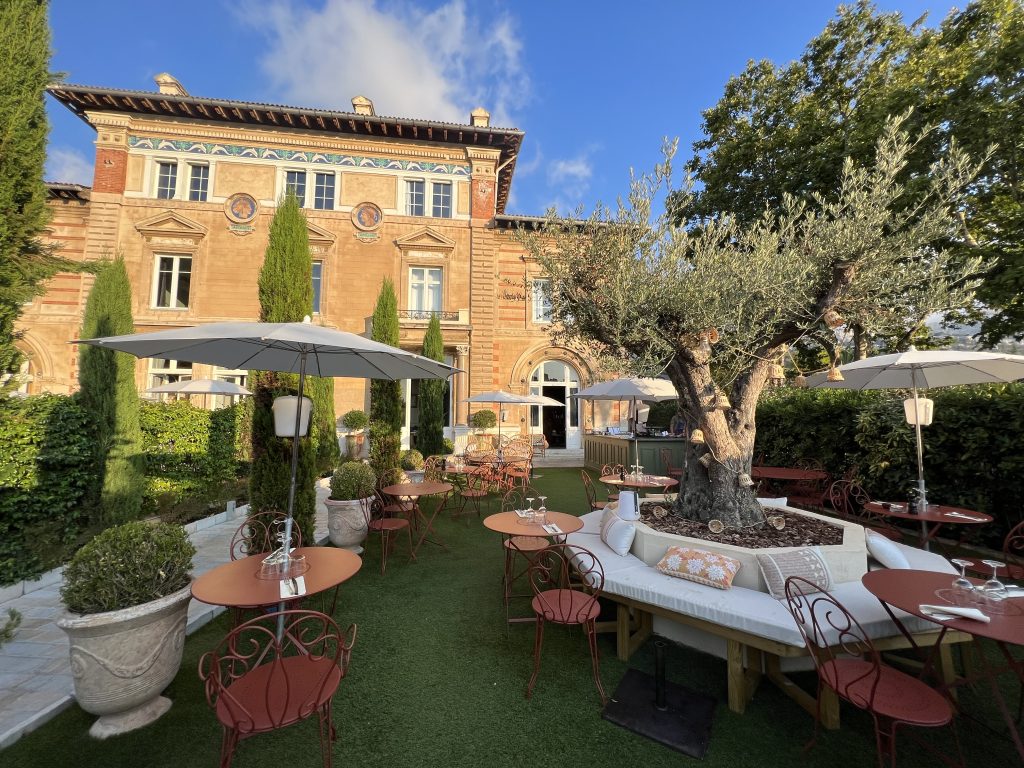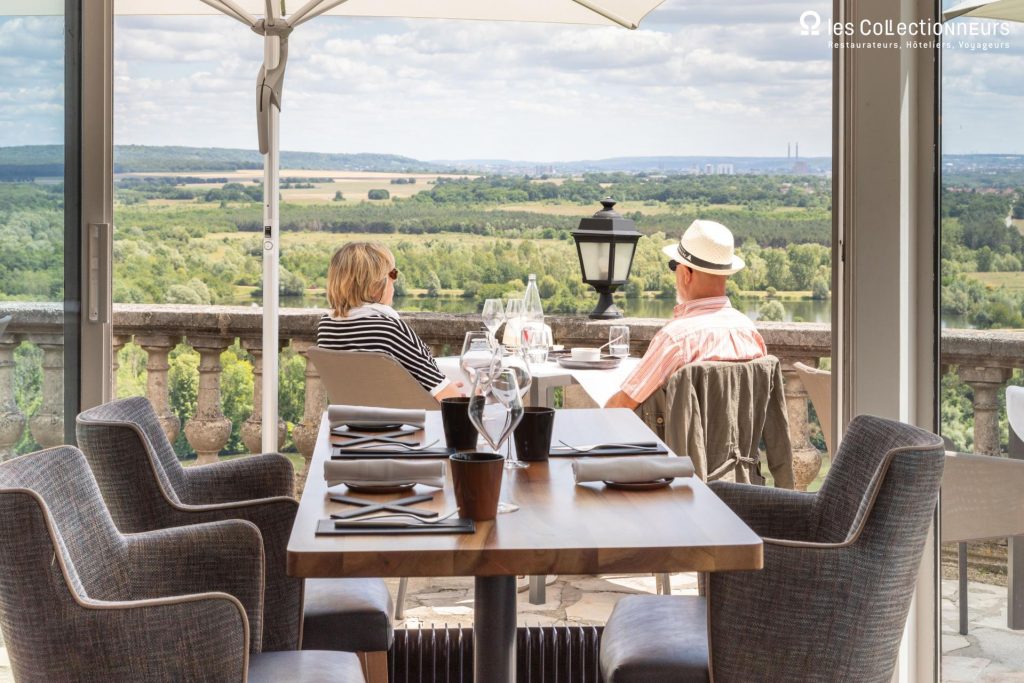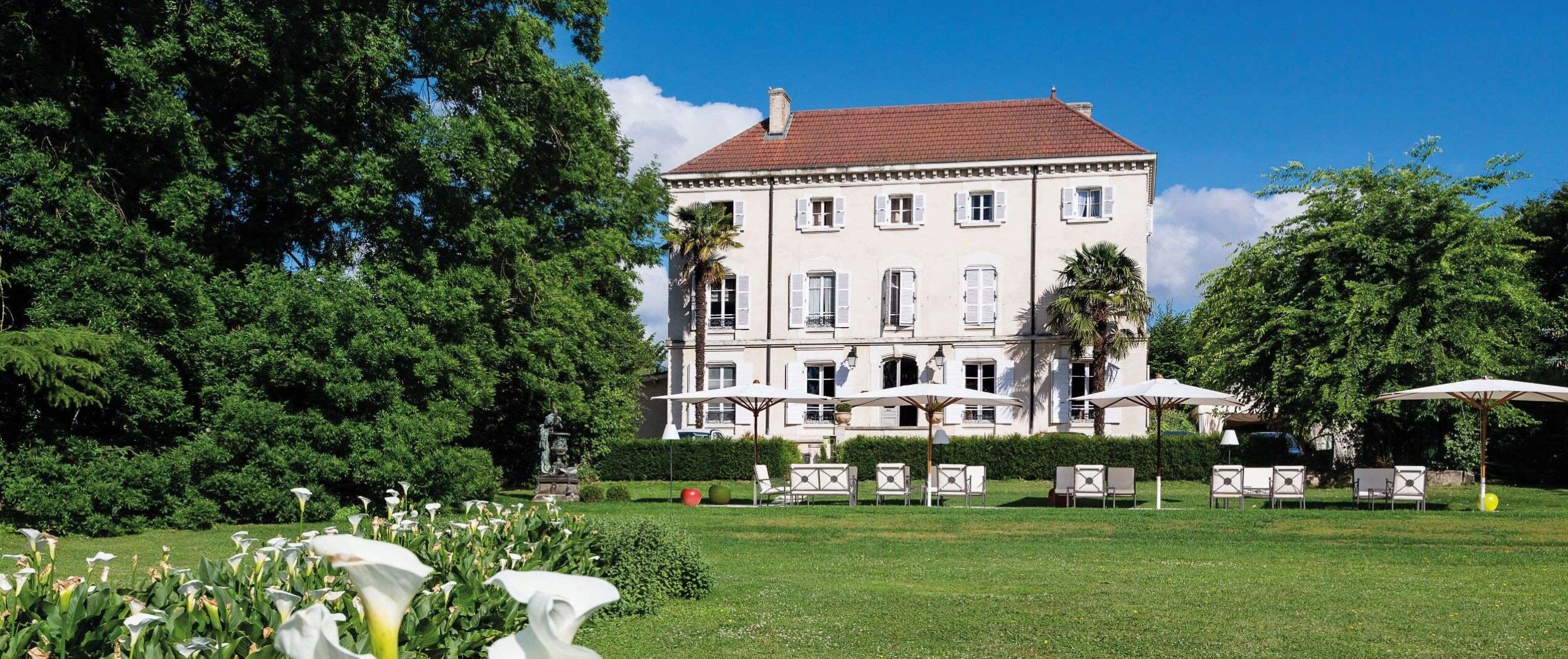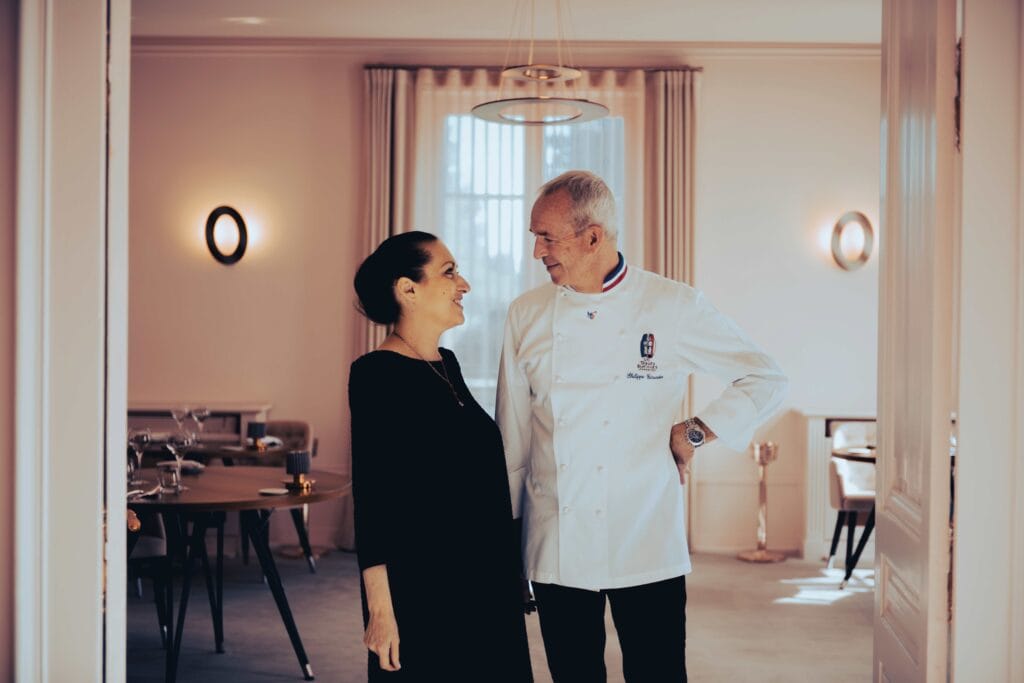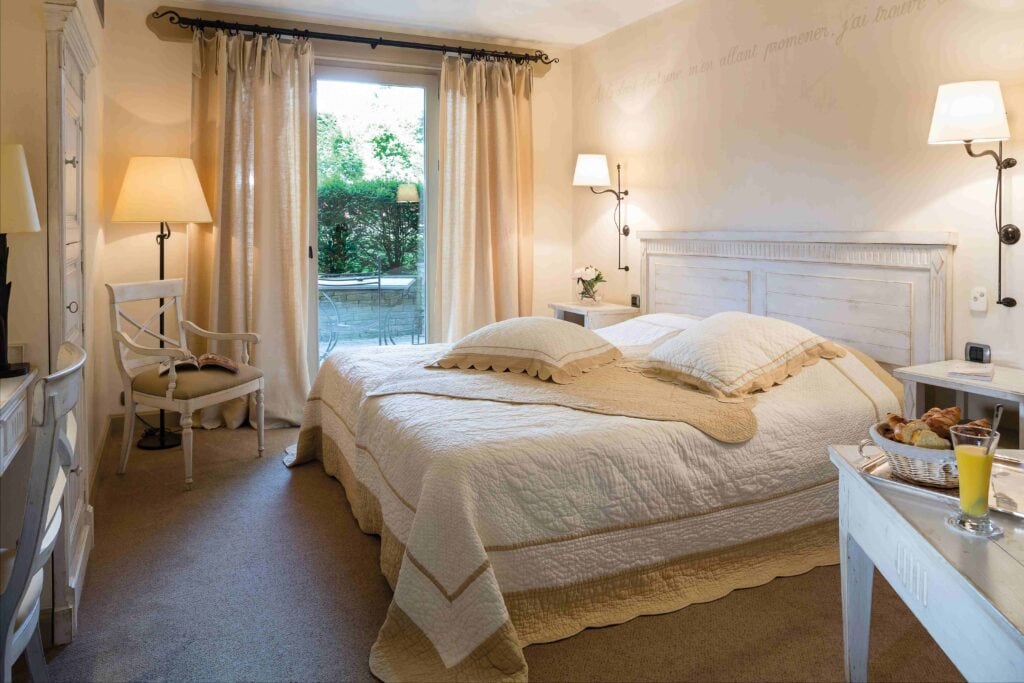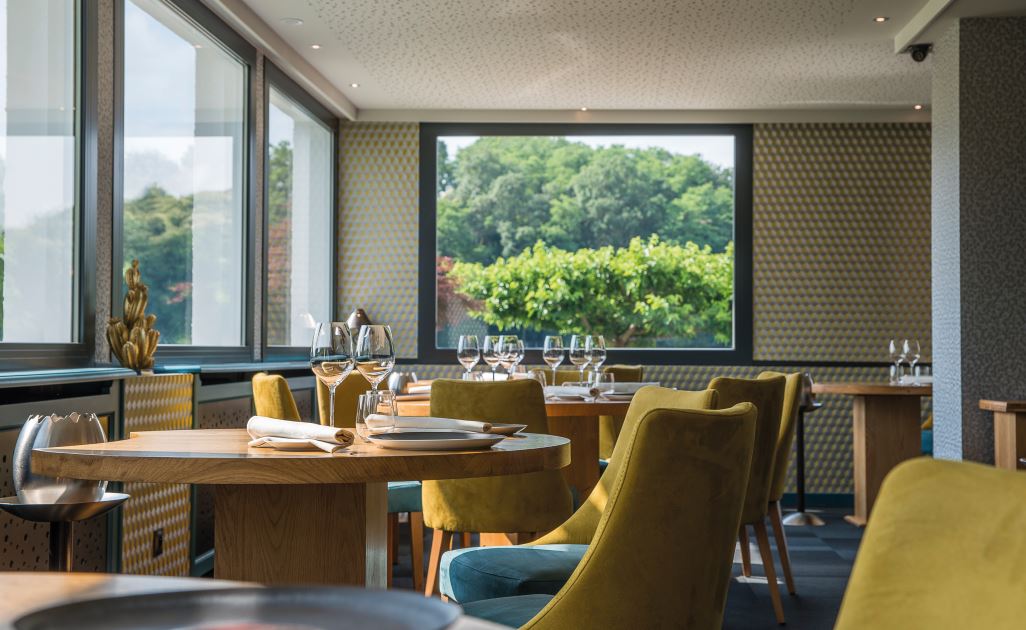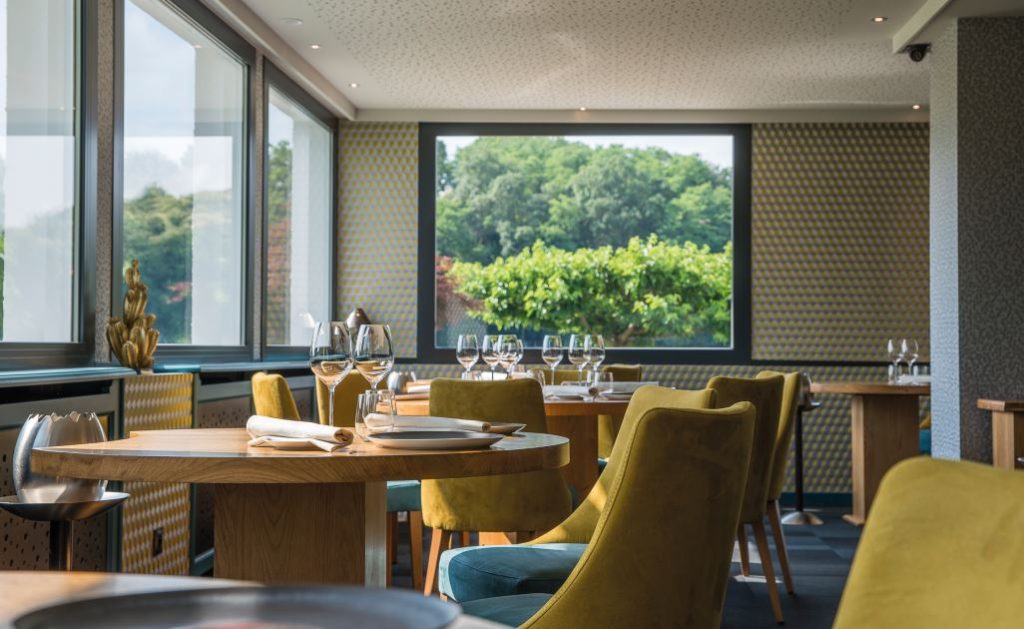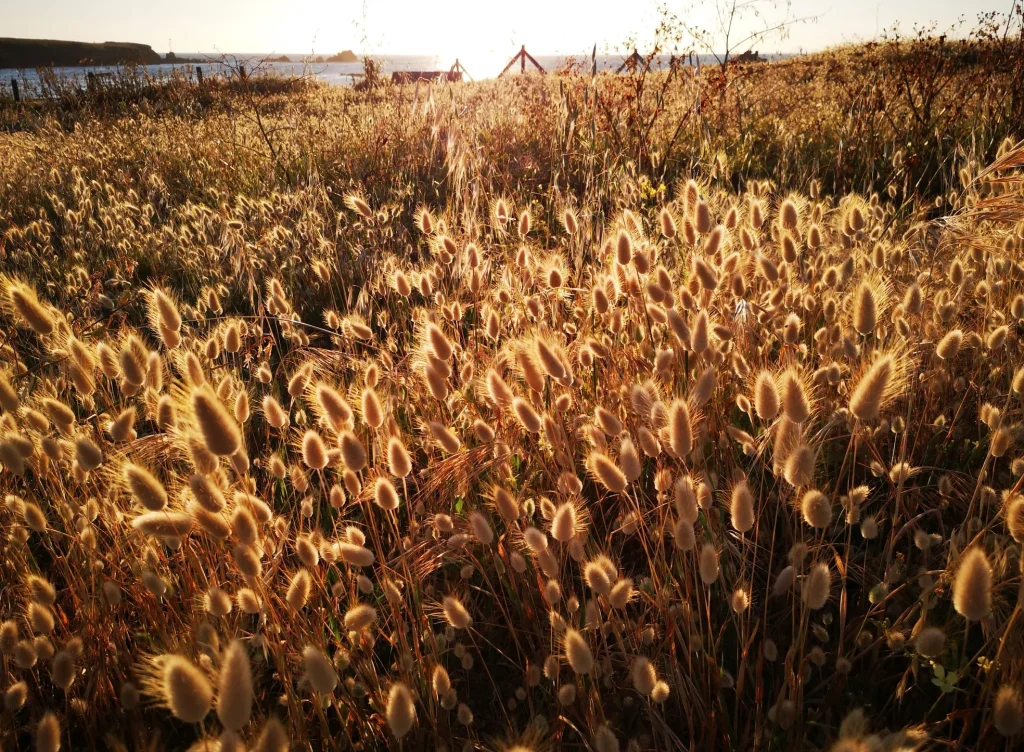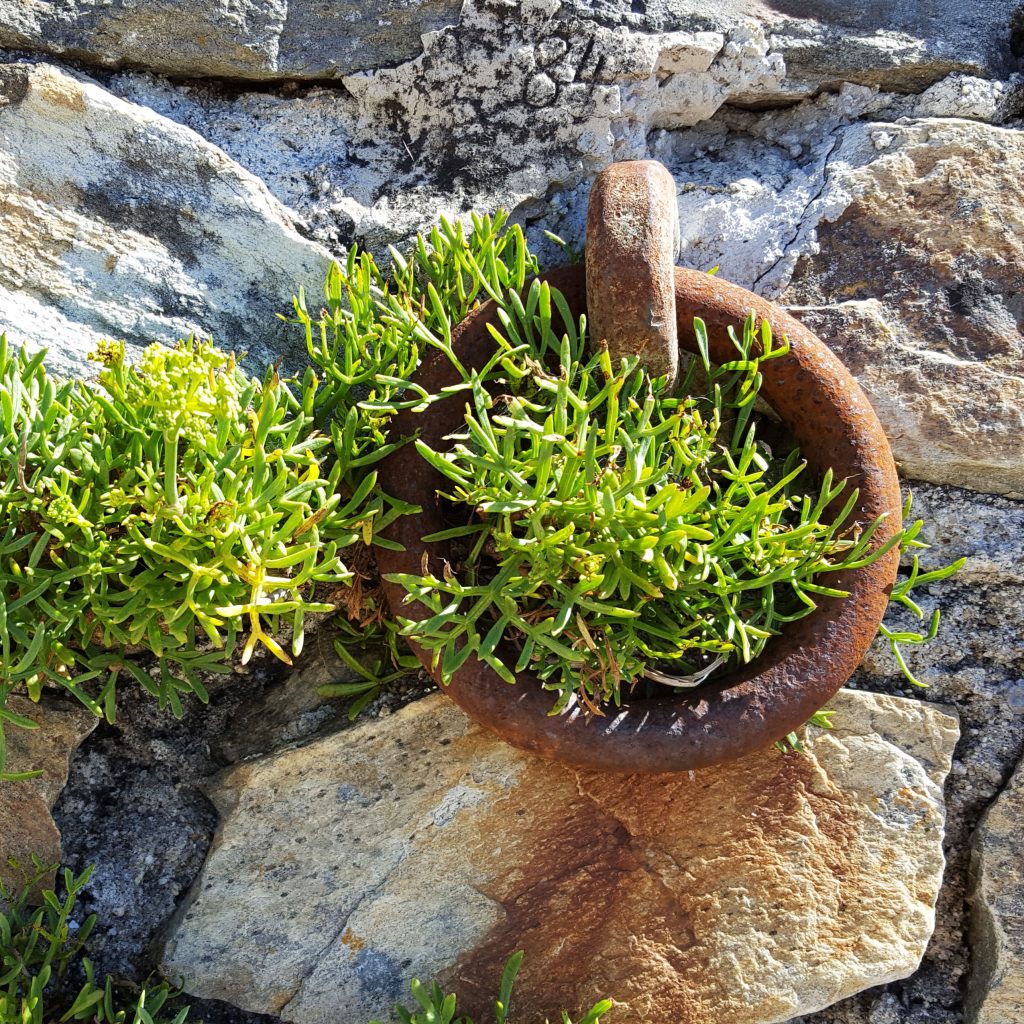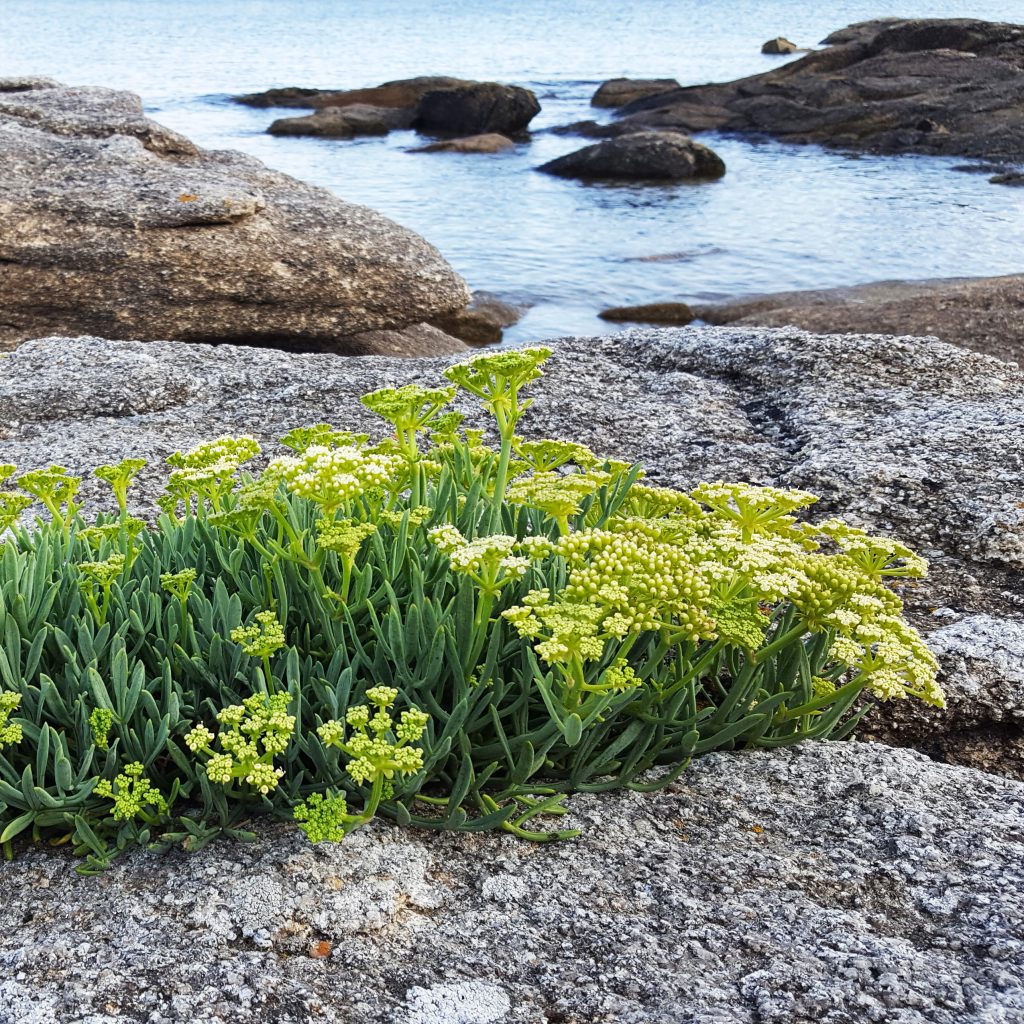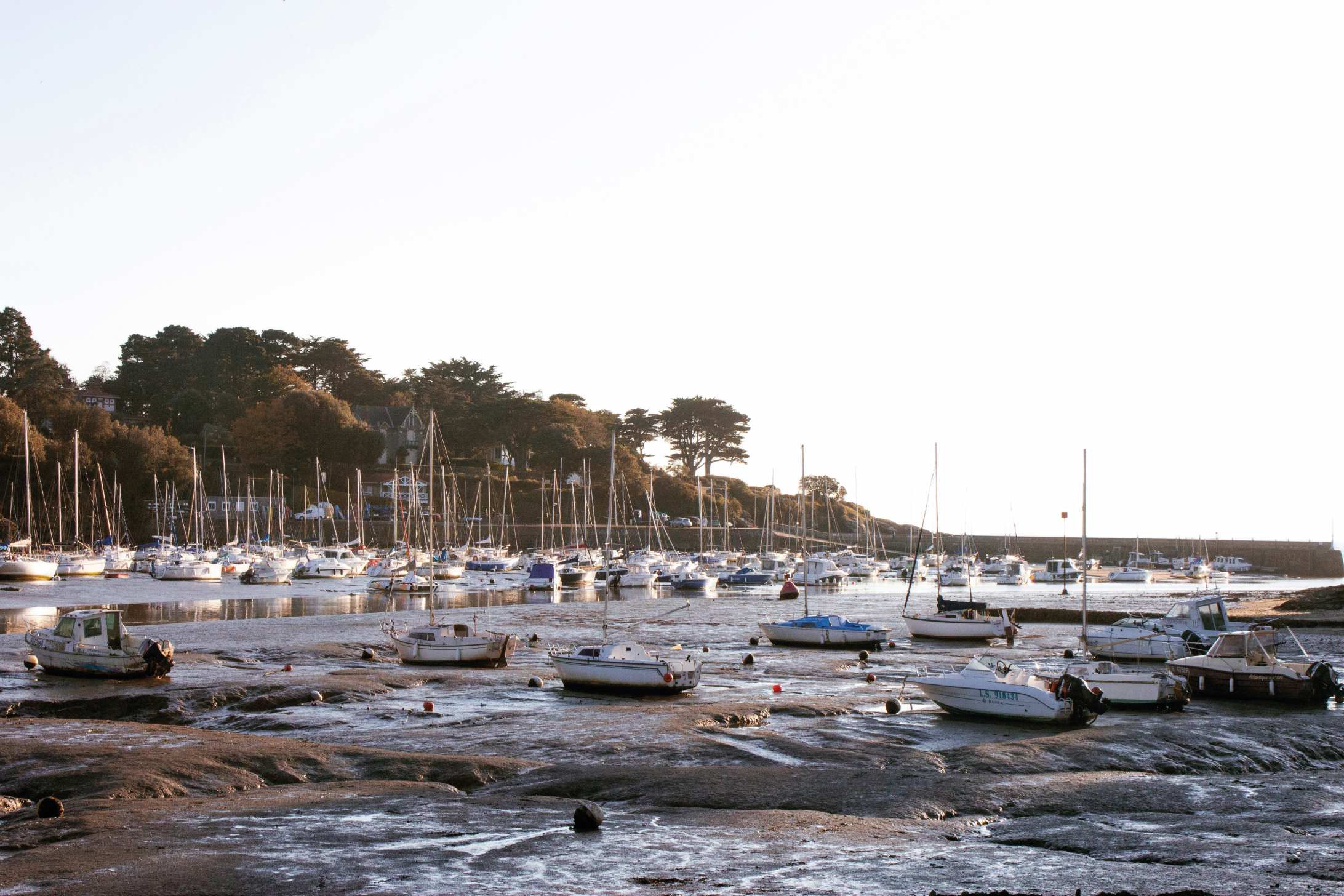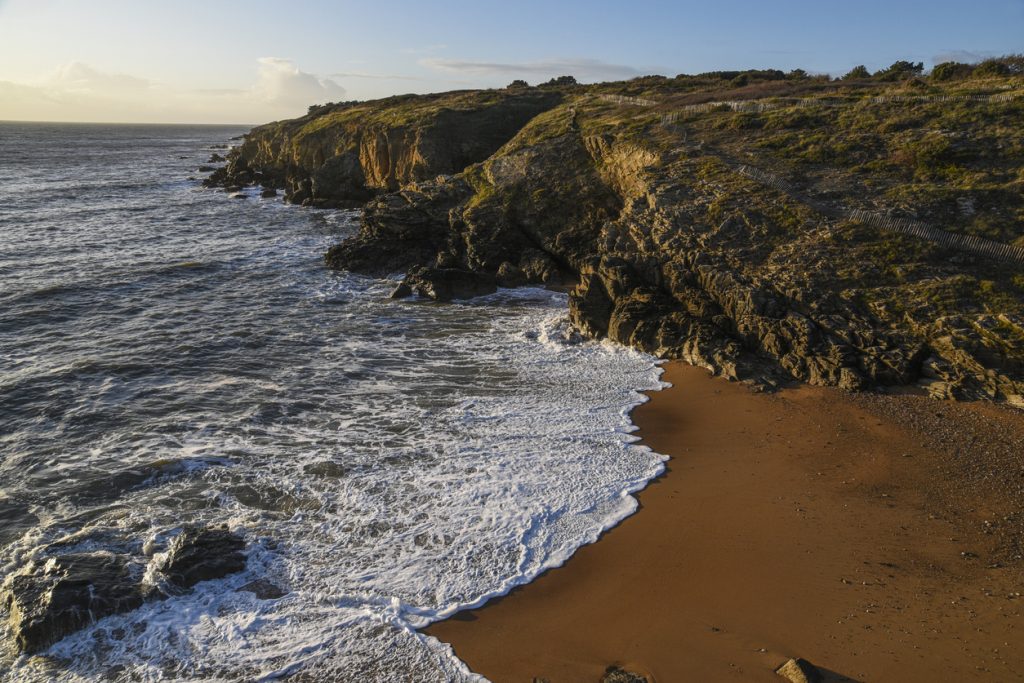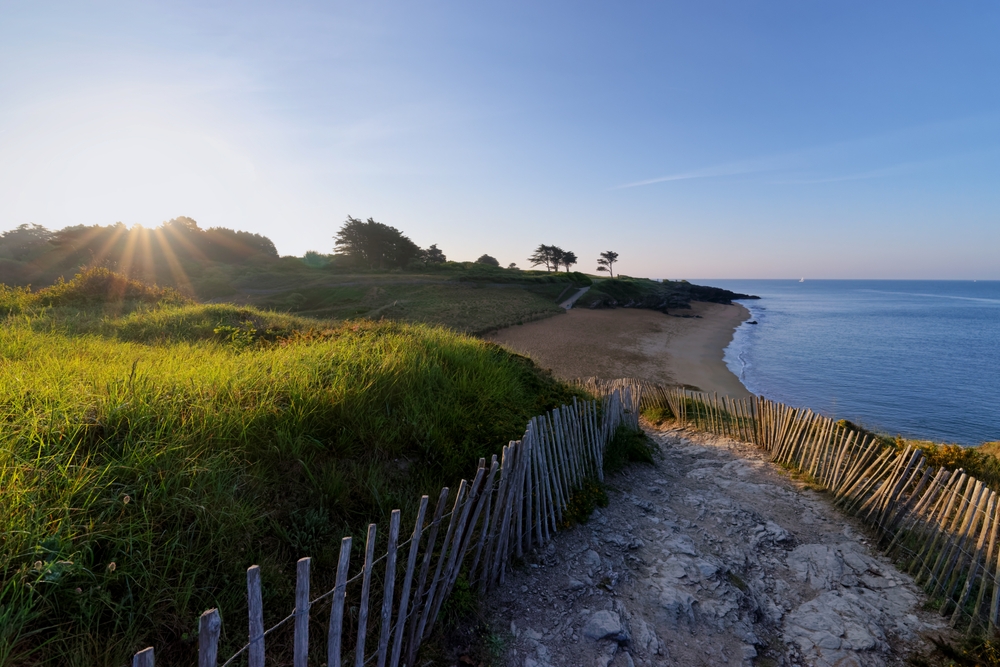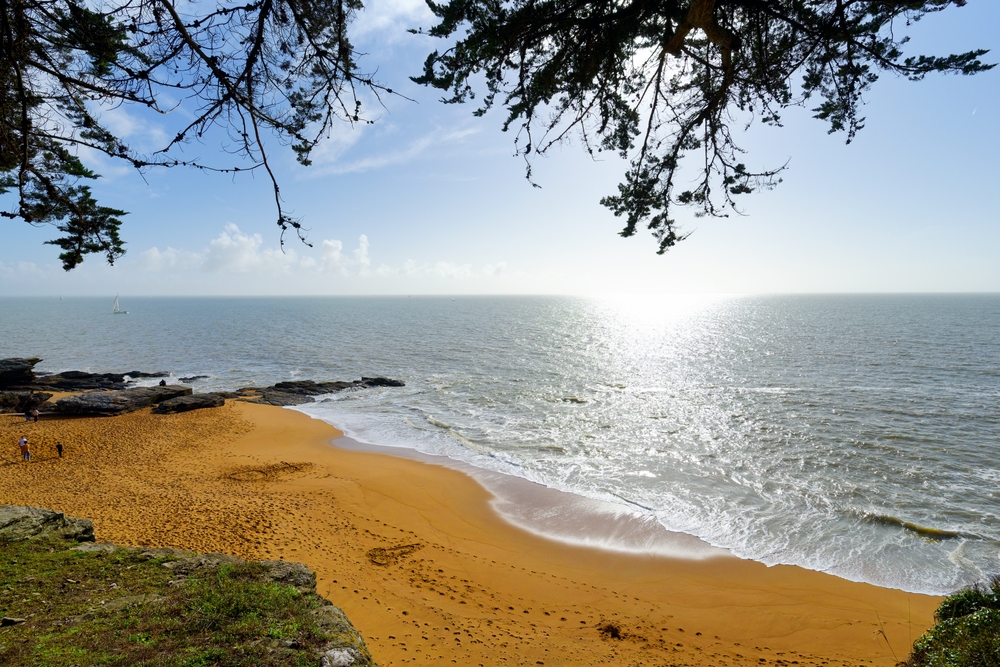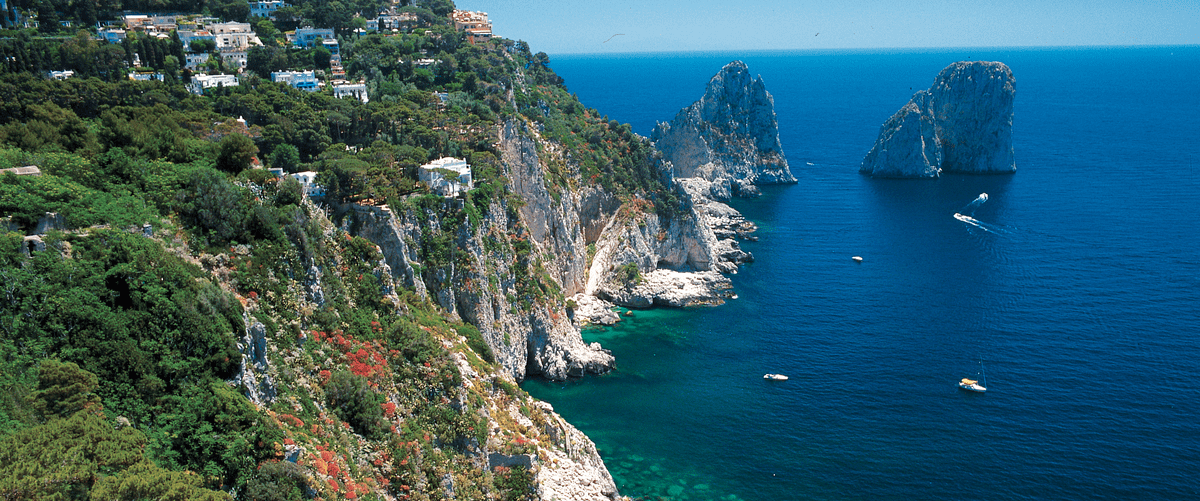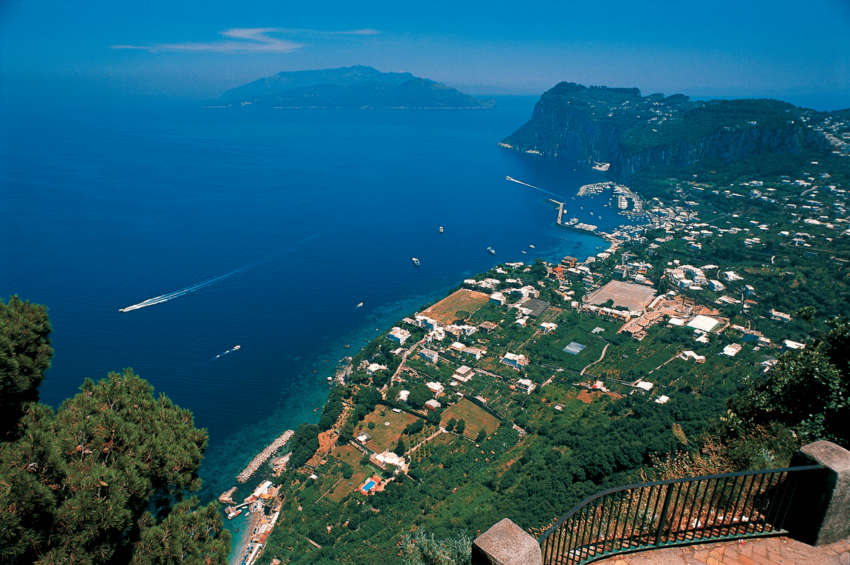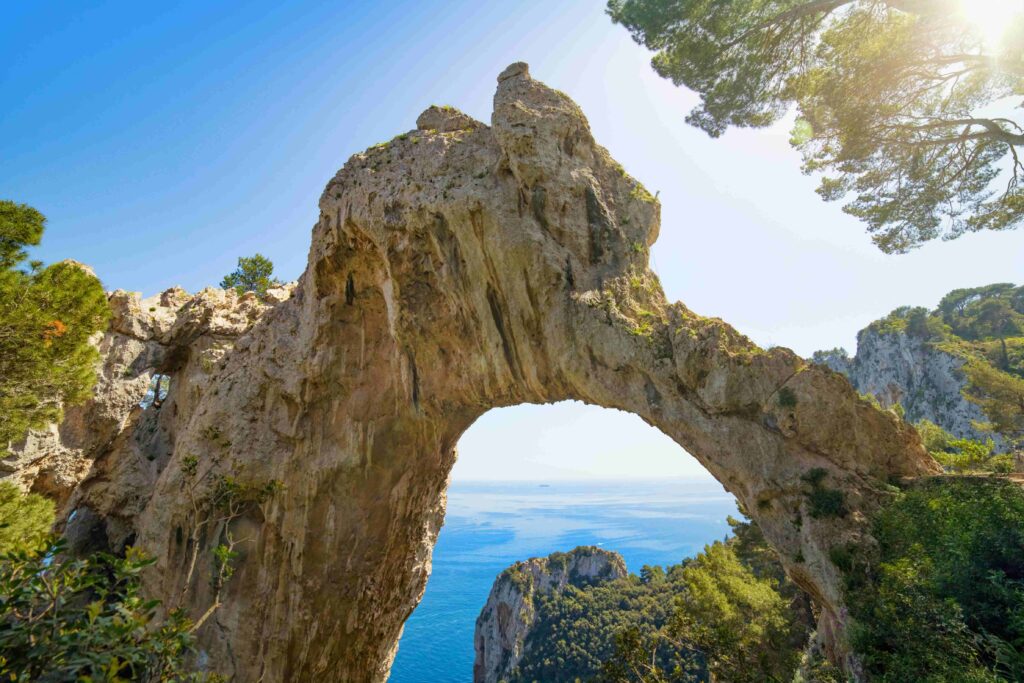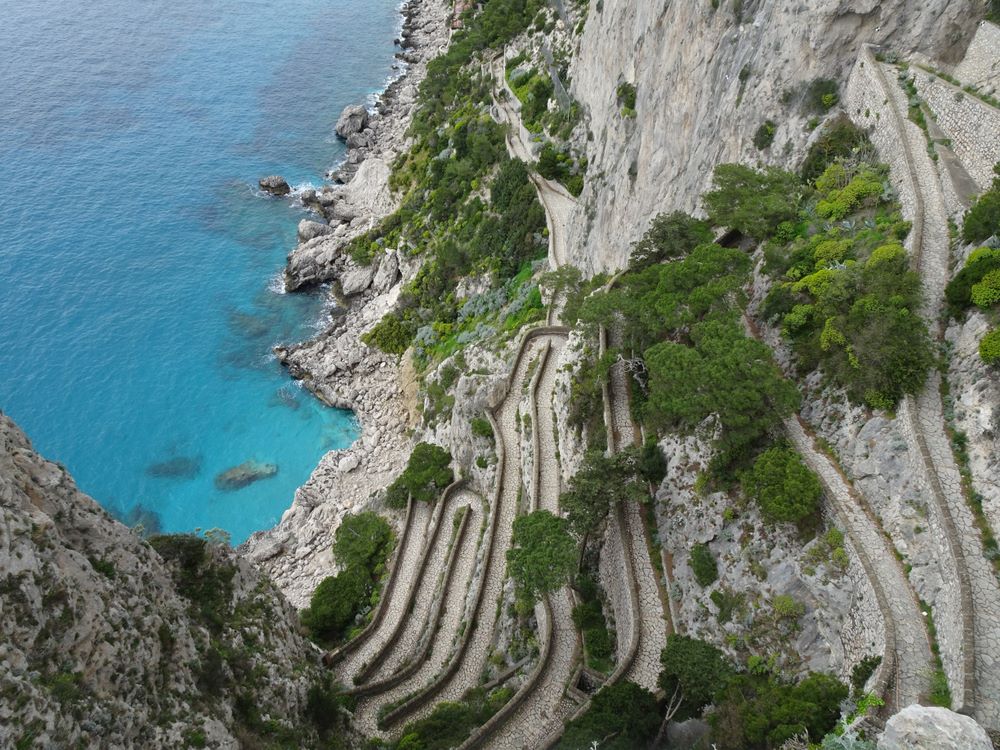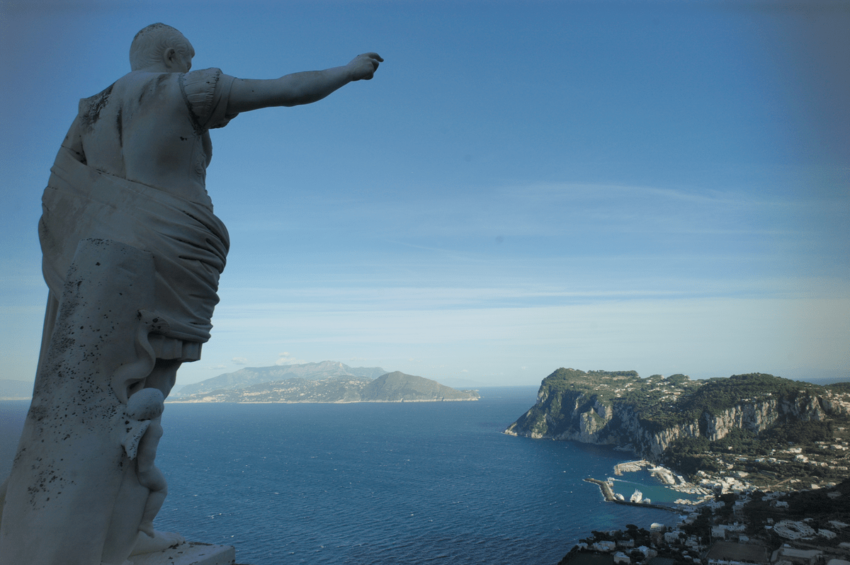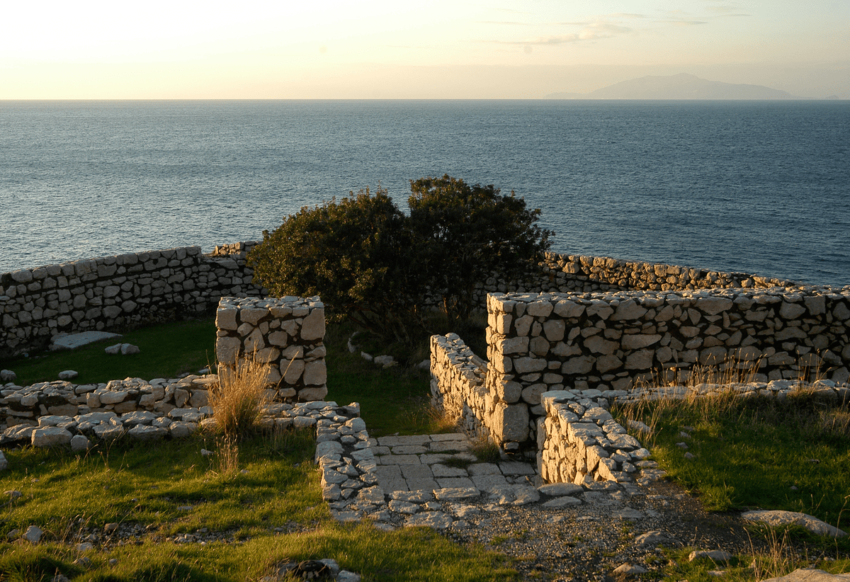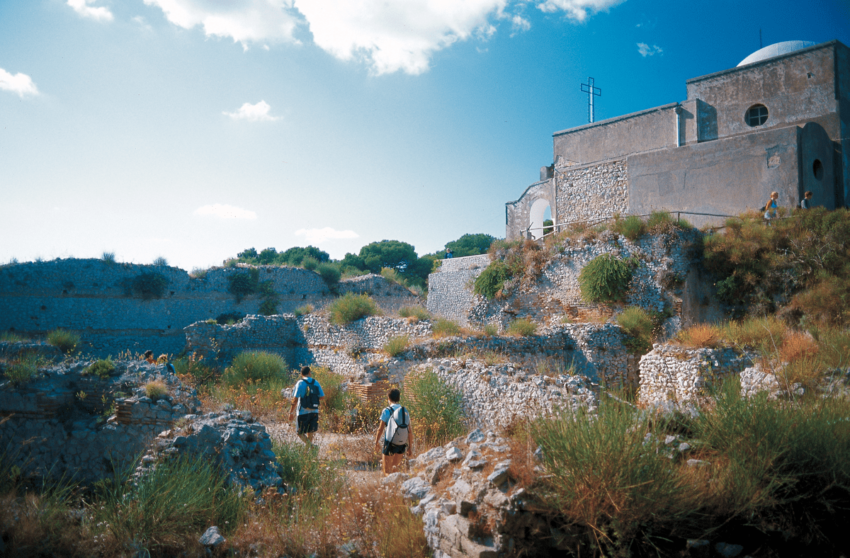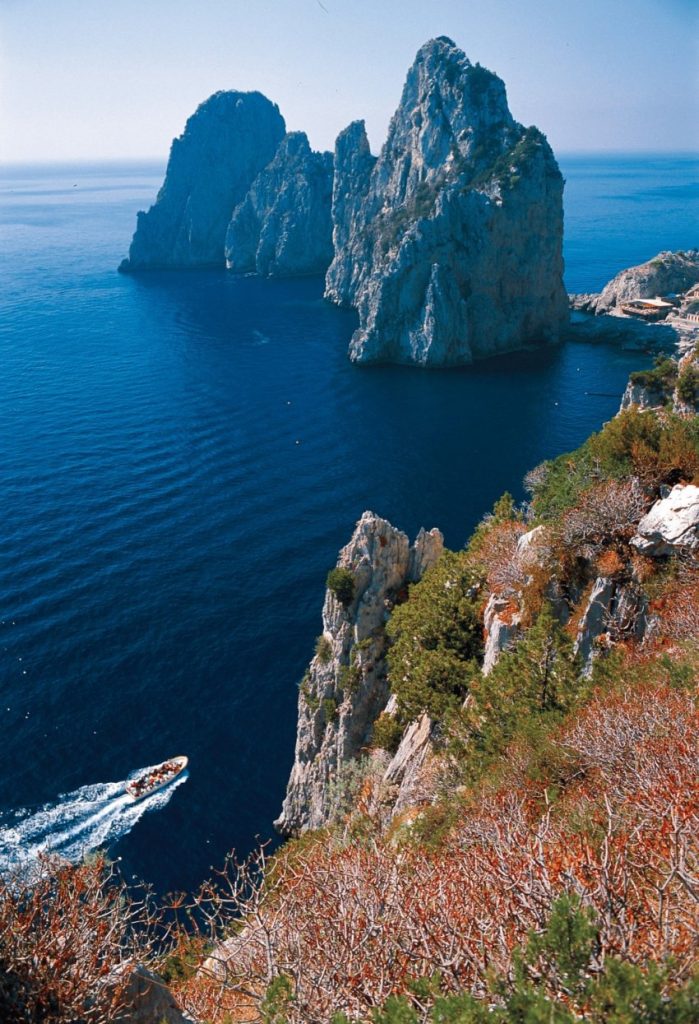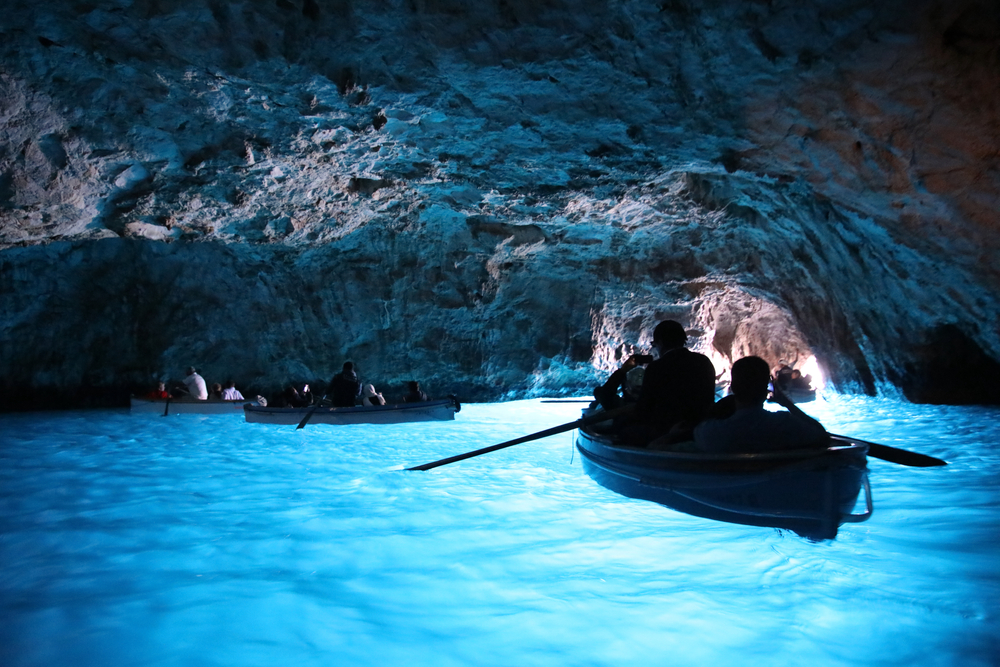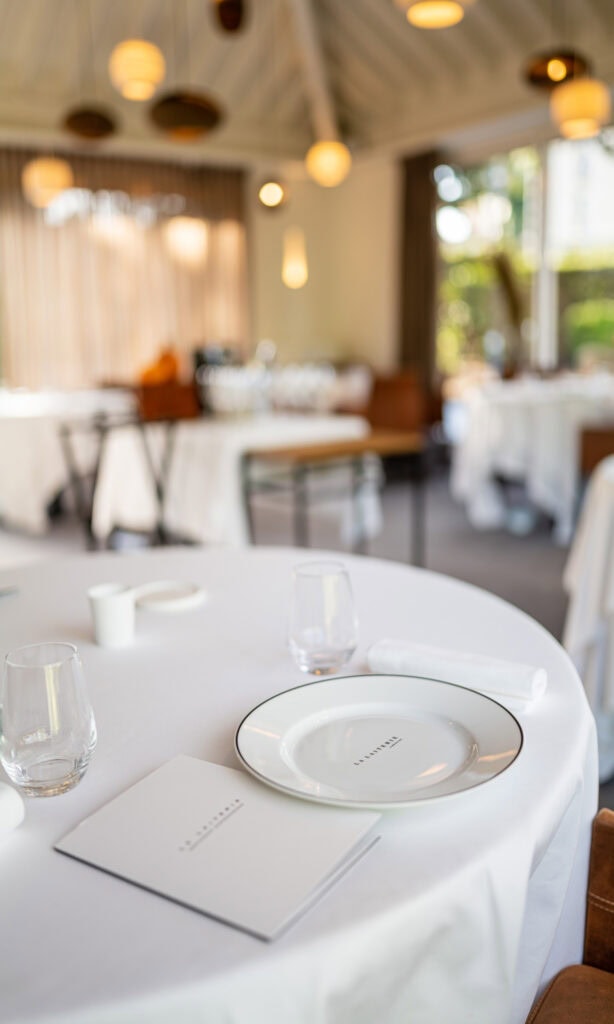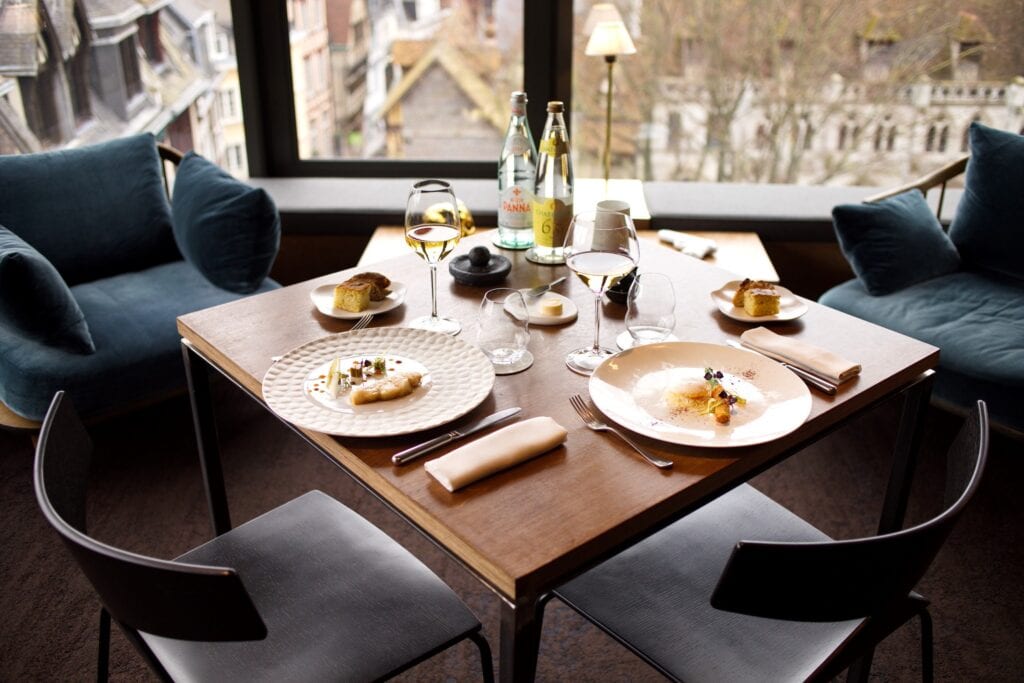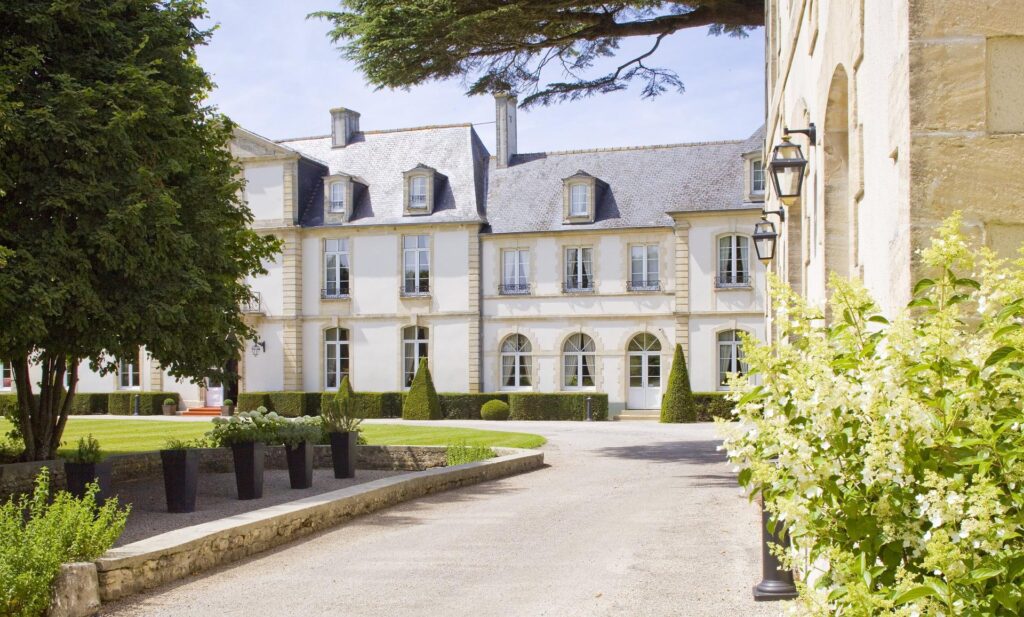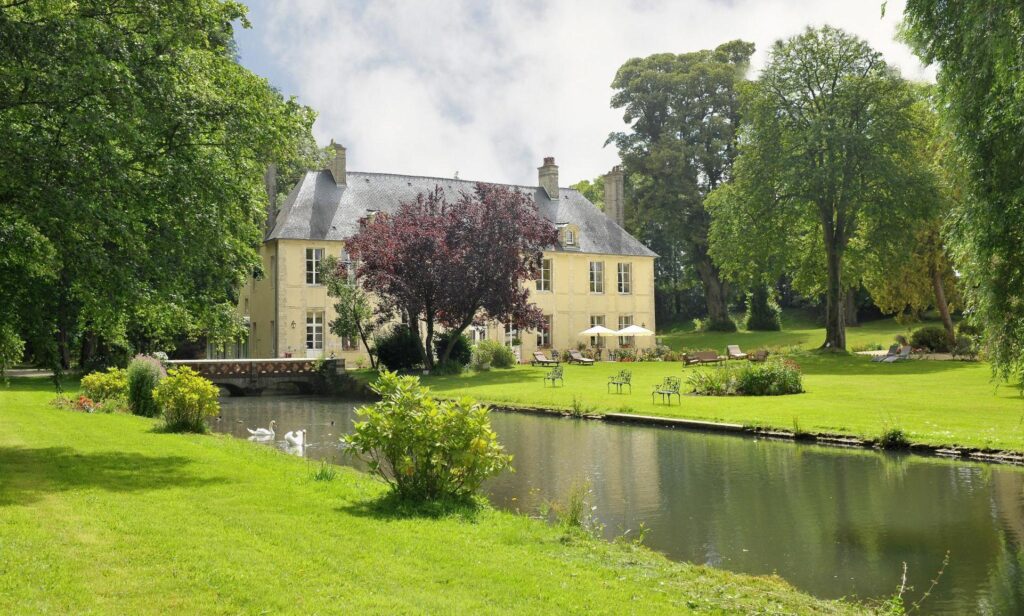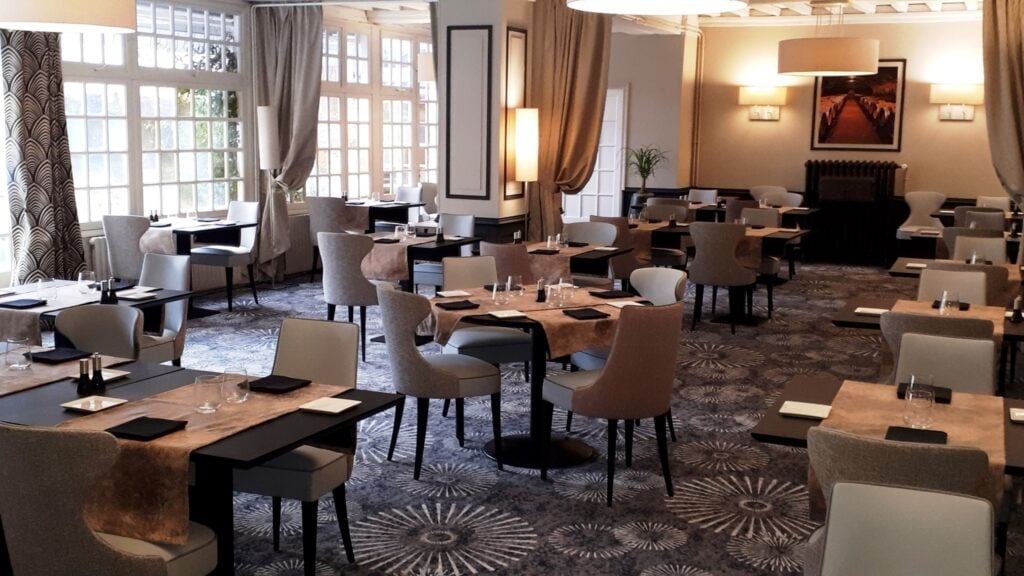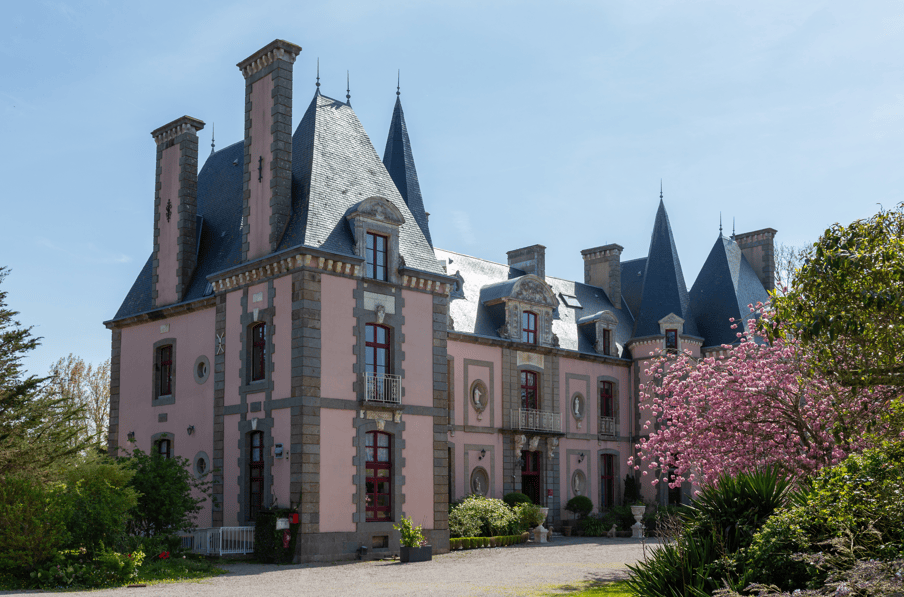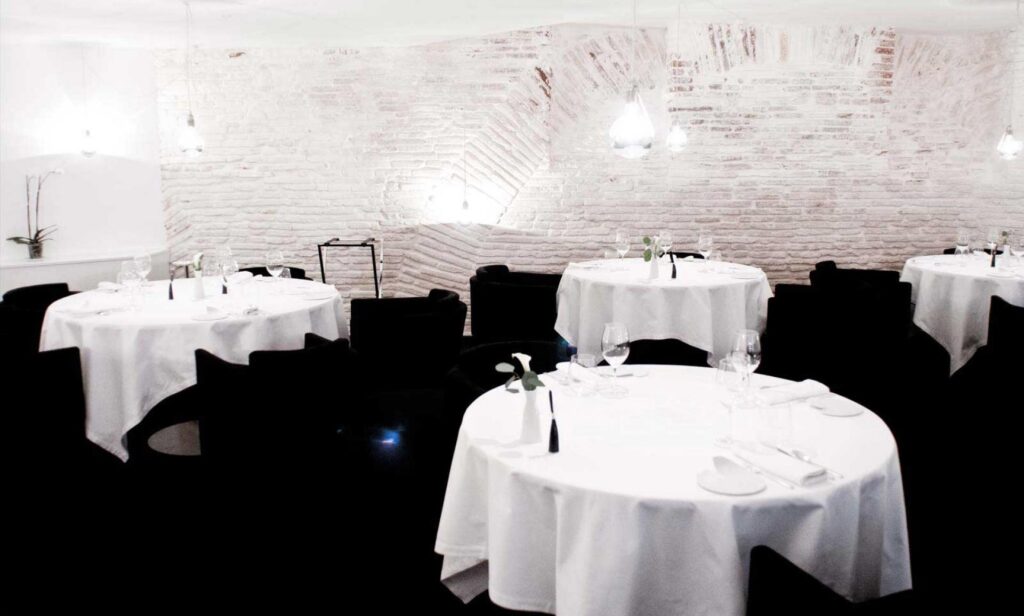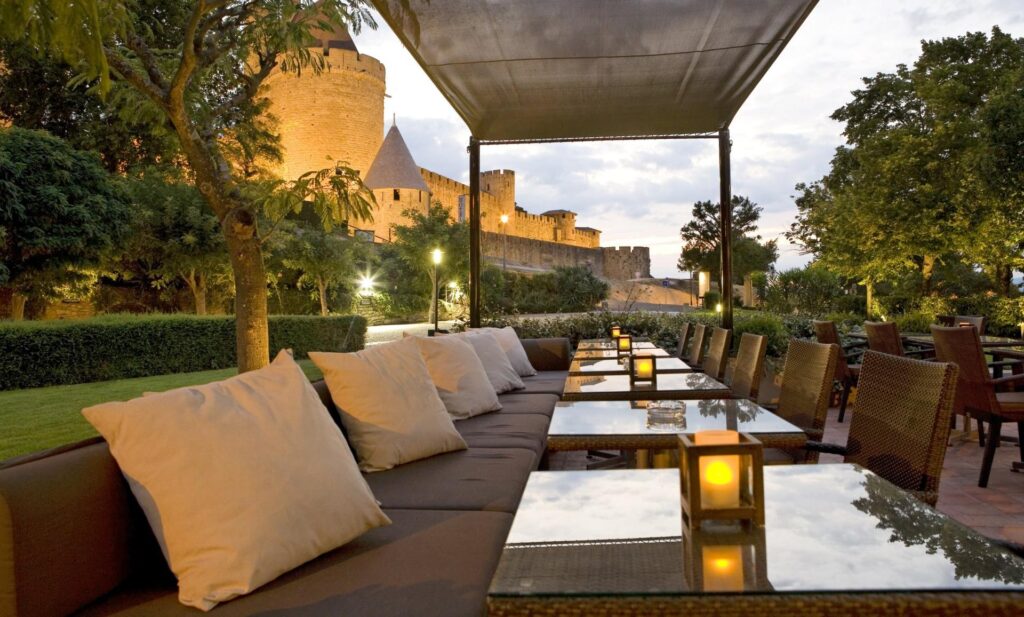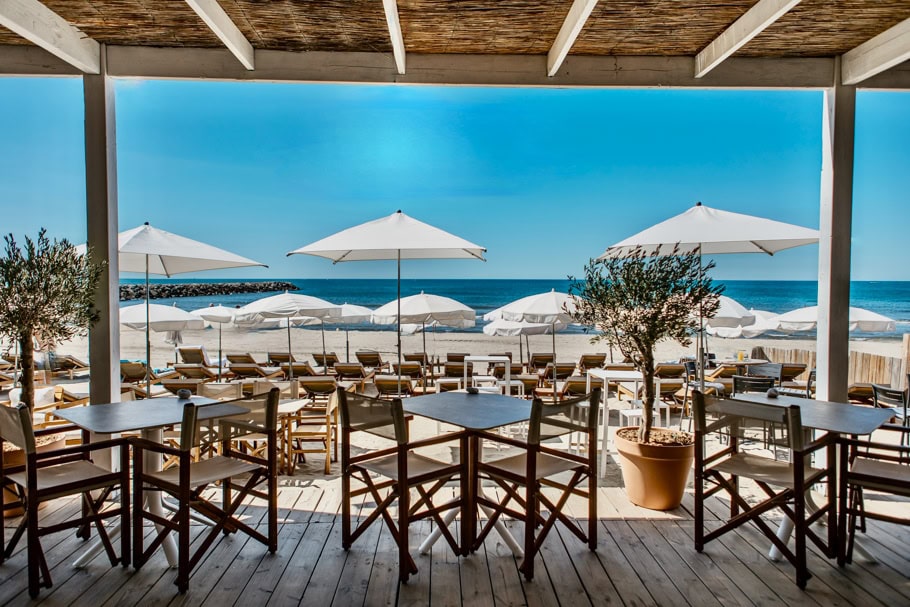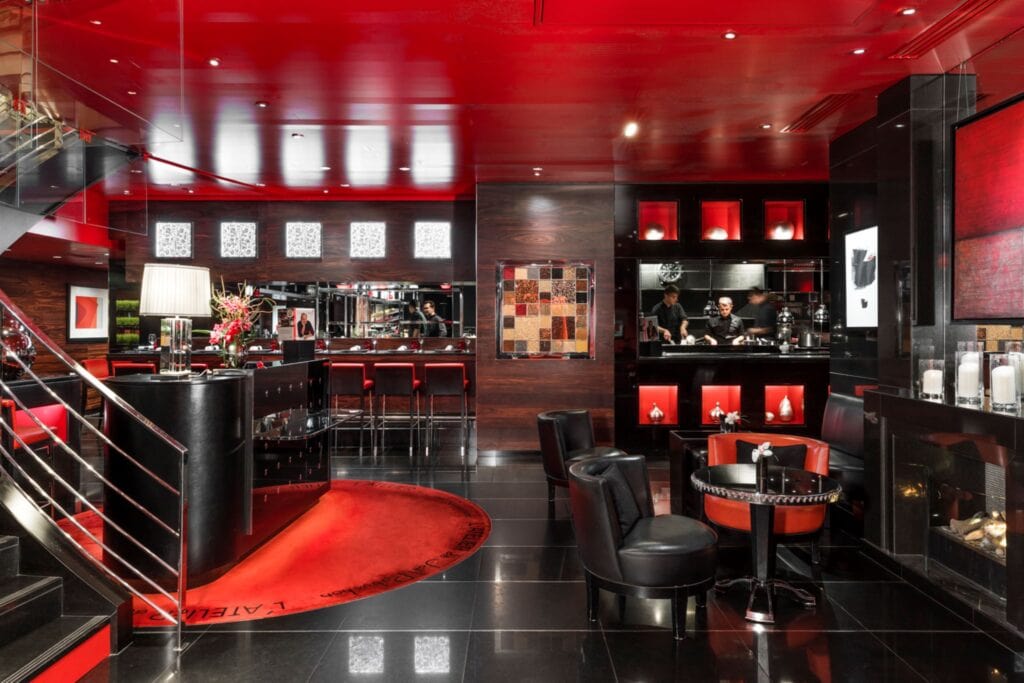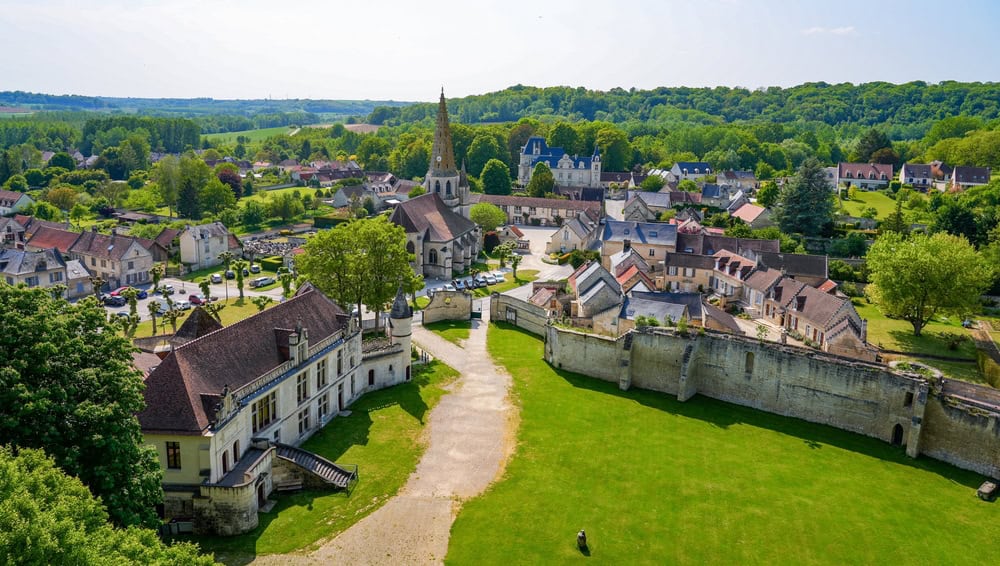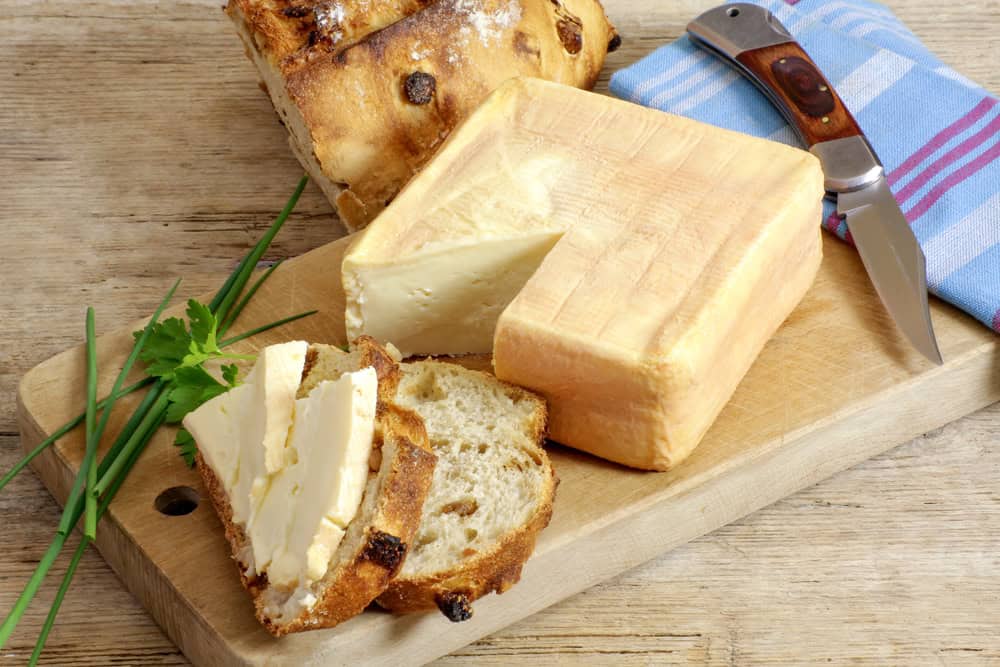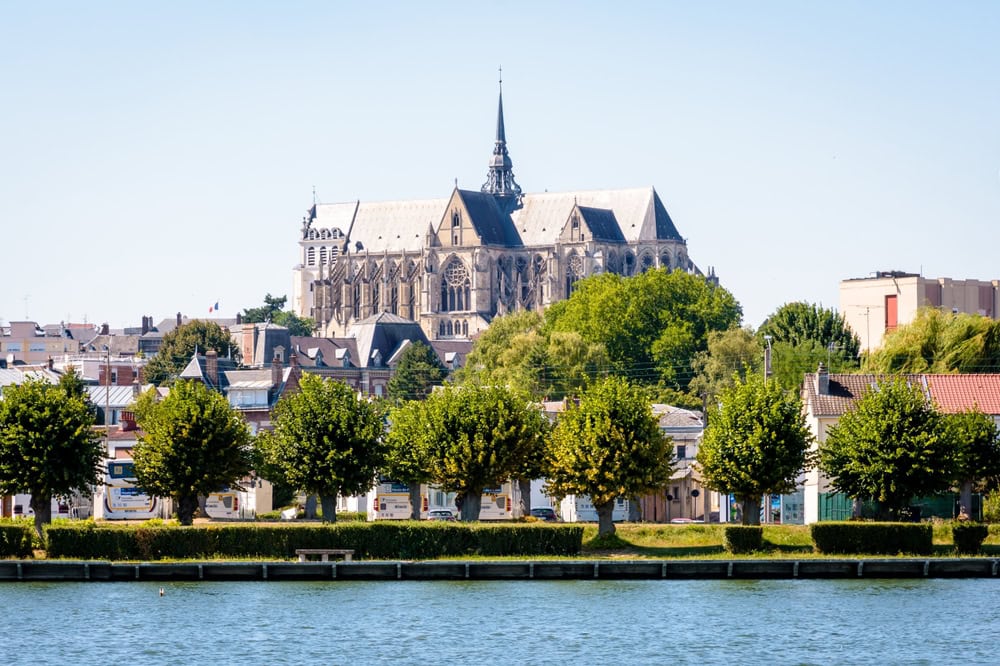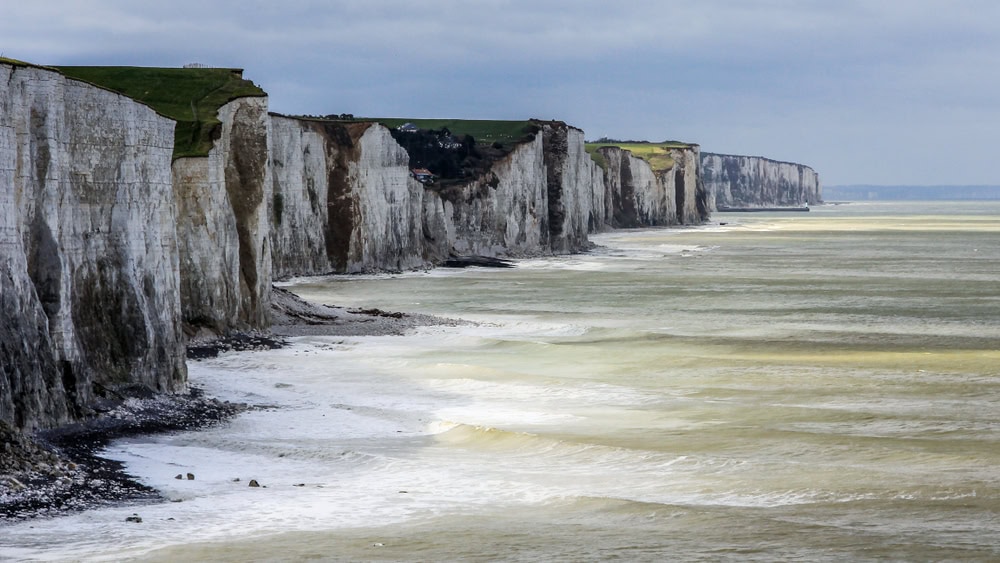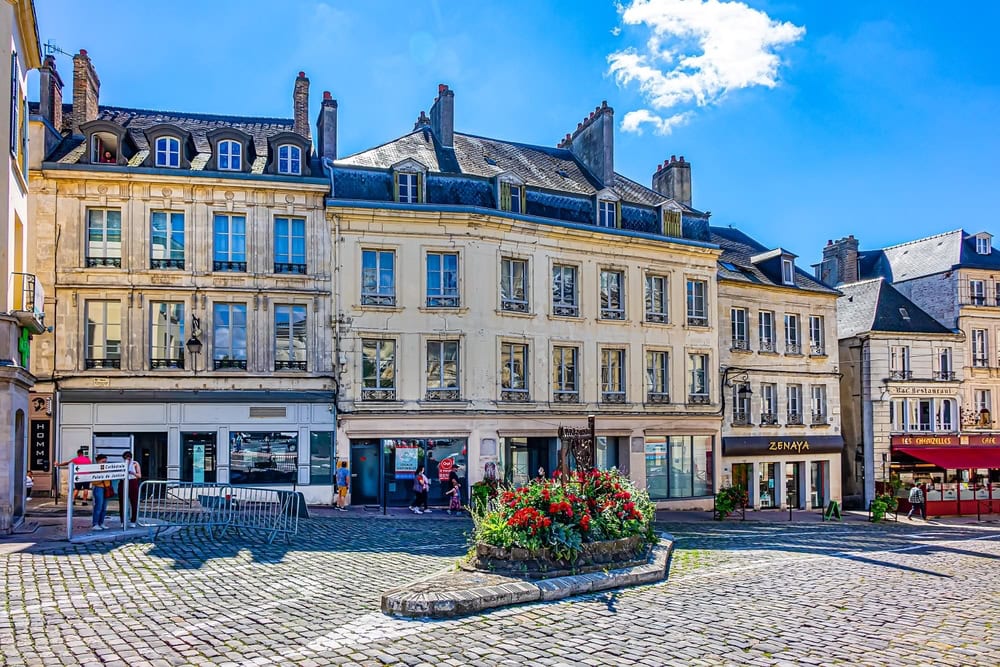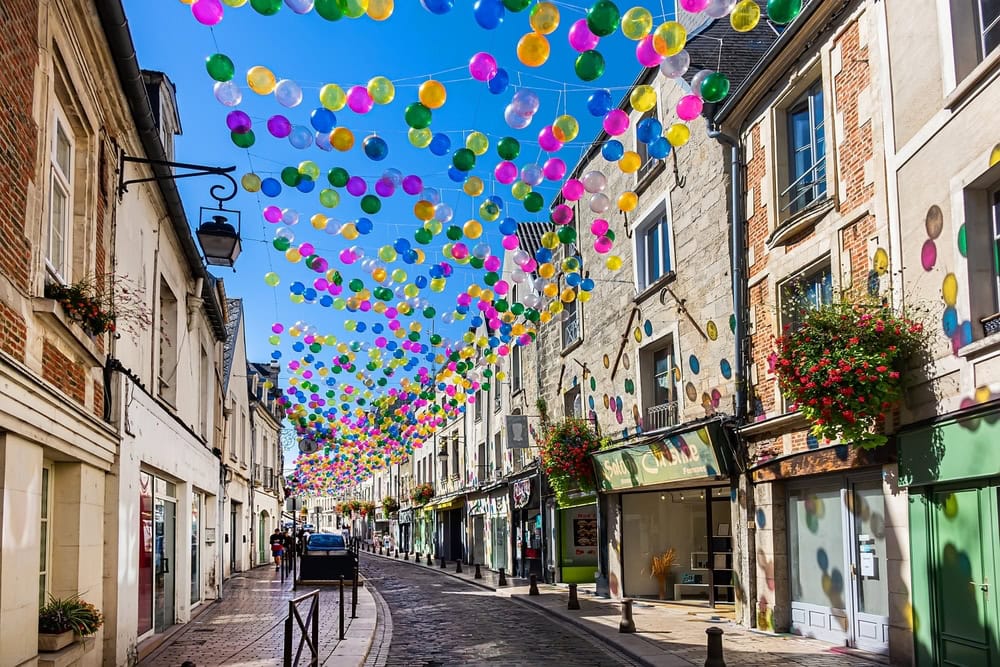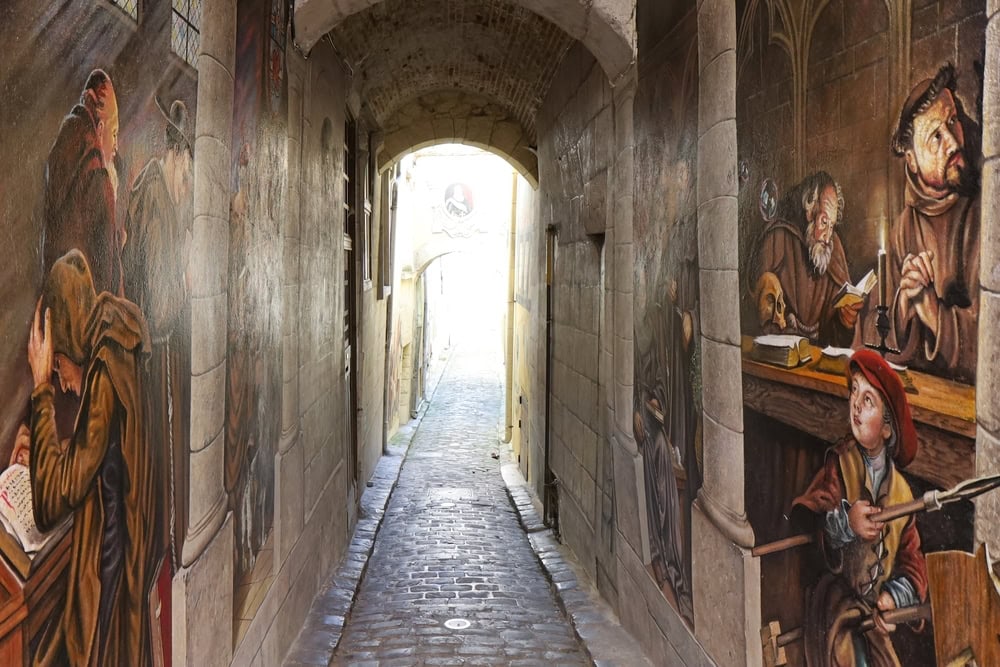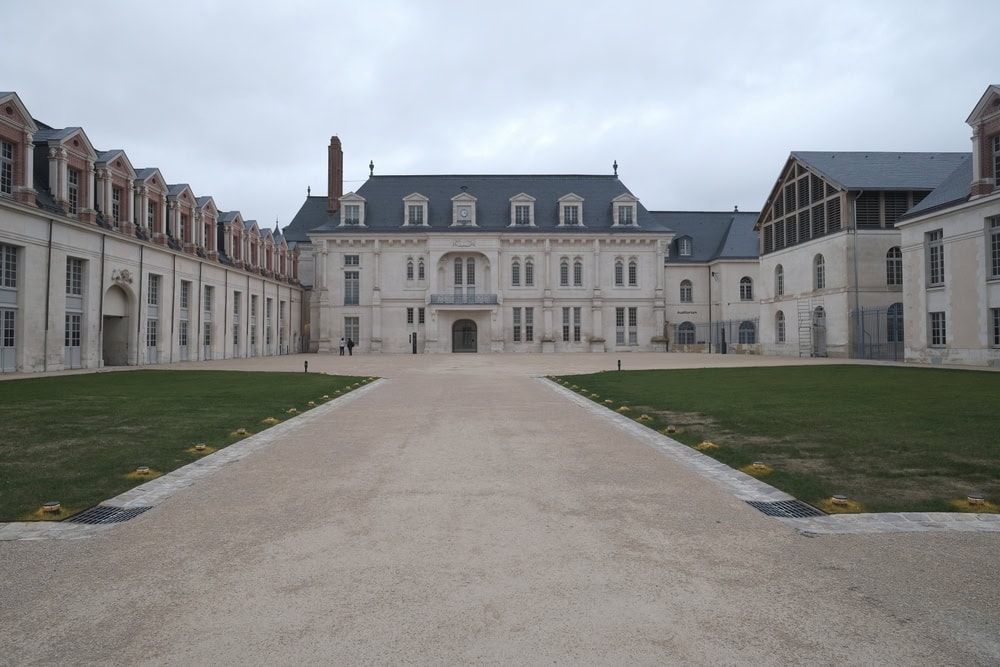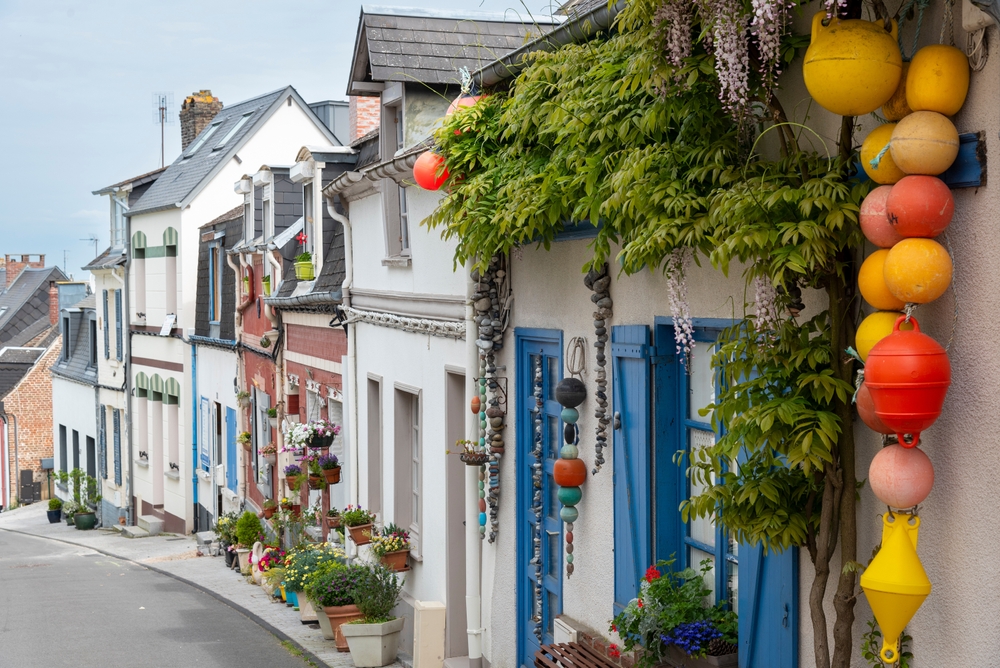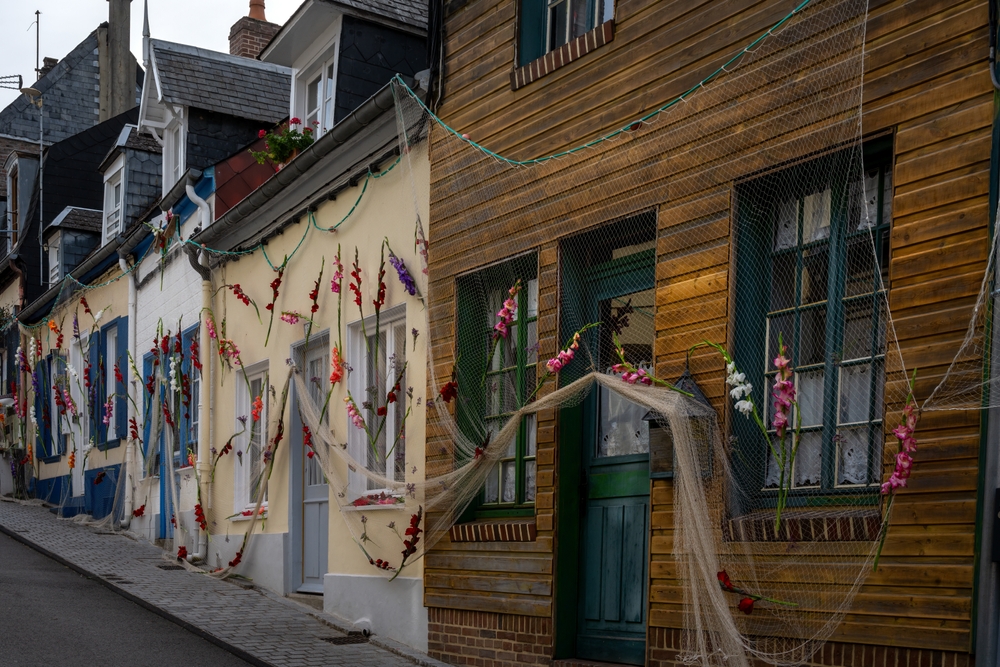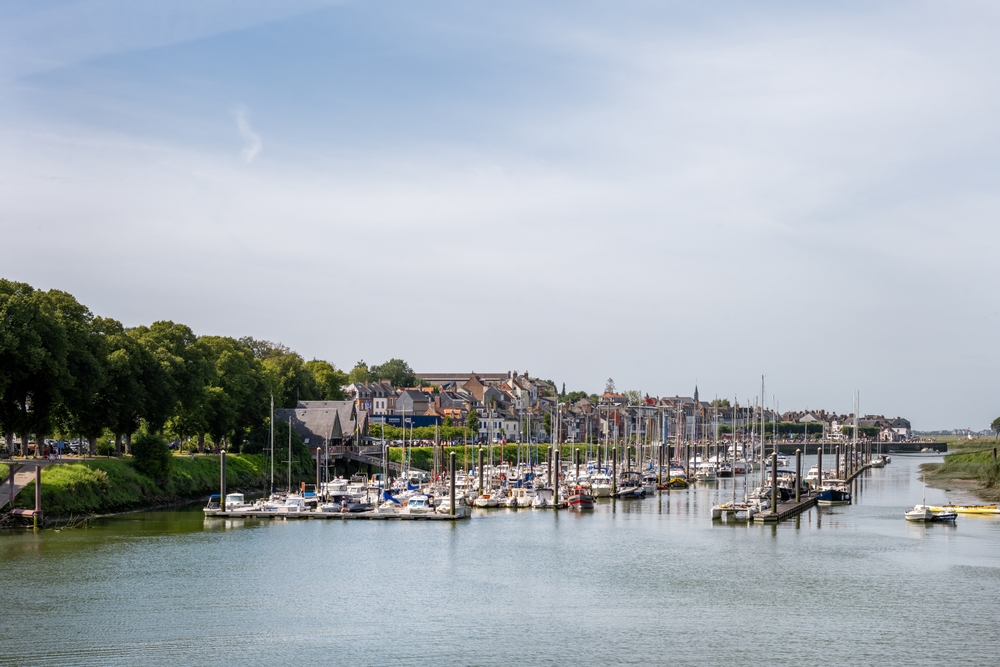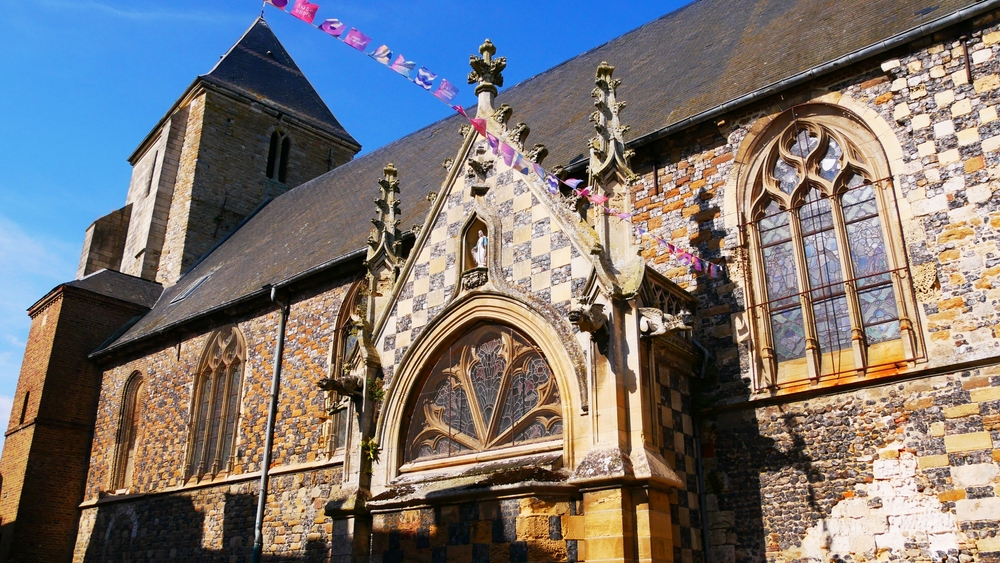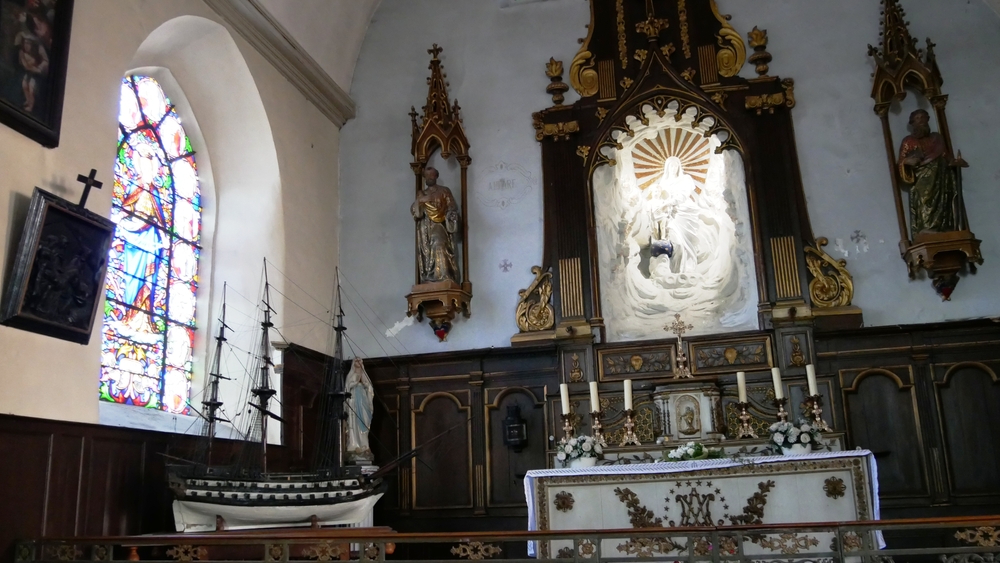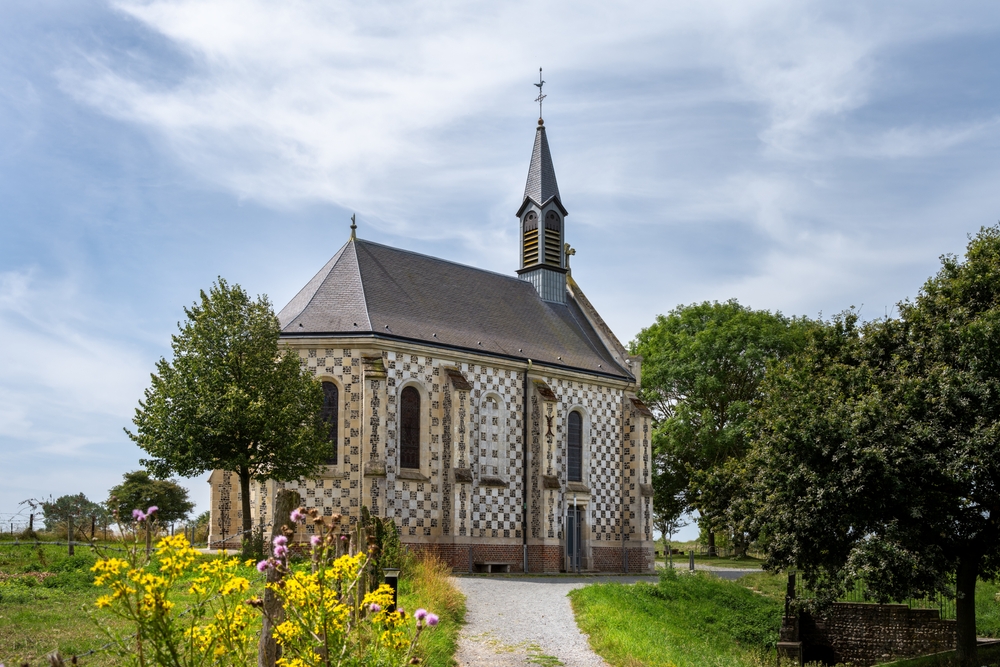Cover photo: Chefs Alain Ducasse and Amaury Bouhours ©Le Meurice, Paris
The Tour de France is fast approaching its grand finale. Soon, Paris will take on the spirit of Cipale, welcoming cyclists and fans from around the world to the famous Champs-Élysées. To celebrate a month of competition, Teritoria has curated a selection of hotels and restaurants in the City of Light.
Tour de France Paris: our bistros addresses
To stay in the authentic spirit of the Tour de France Paris, there’s nothing better than discovering the Bistros Teritoria near the Champs-Élysées!
Brasserie Baroche, in Paris
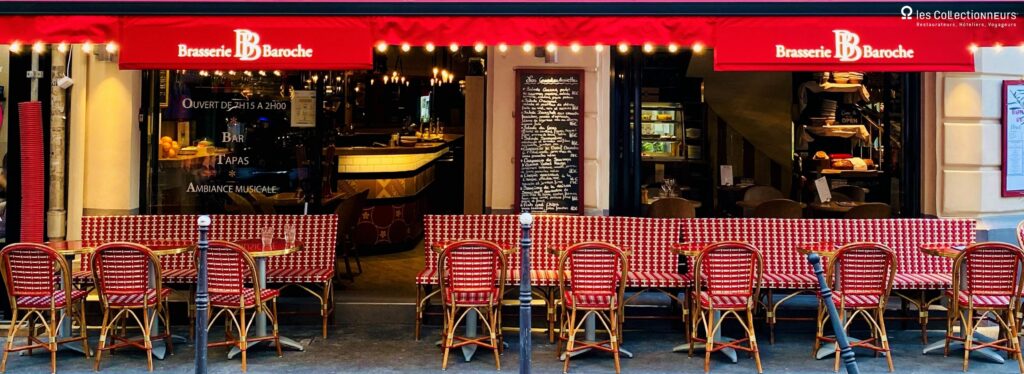
For a warm bistro-brasserie atmosphere, Brasserie Baroche, just steps from the Champs-Élysées, is the ideal spot. Chef David Baroche presents a menu inspired by the region: let yourself be tempted by his renowned pâté en croûte, the dessert showcase, and small plates available throughout the day. Traditional dishes are reimagined with both authenticity and creativity, showcasing local ingredients and offering vegetarian options at this true Parisian institution.
Café Jacques, Musée du Quai Branly, in Paris
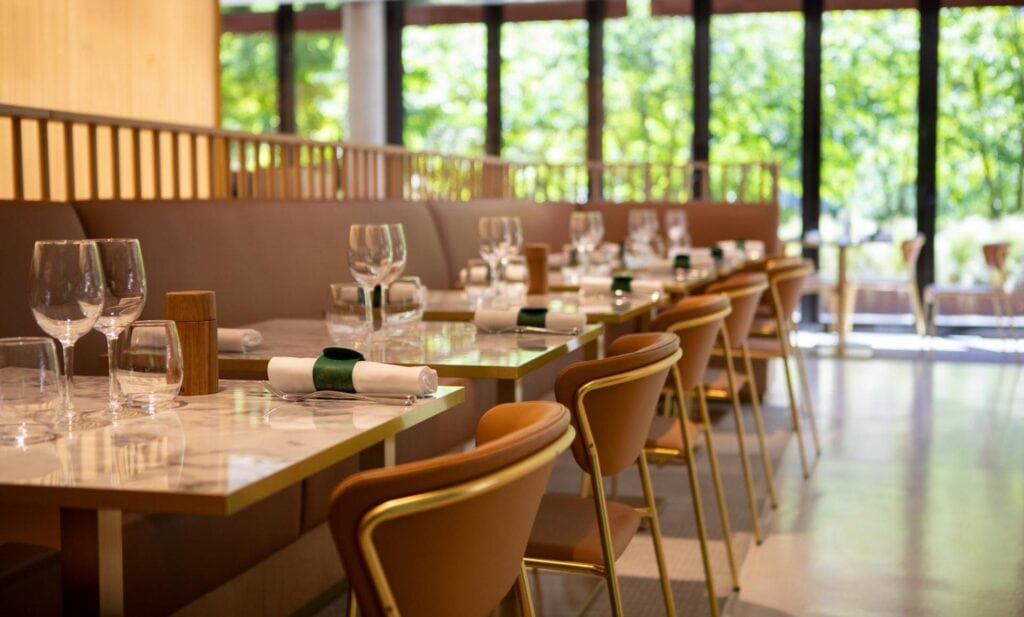

If you find yourself on the Champs-Élysées, take a moment to rediscover Paris and its landmarks. At the Musée du Quai Branly, founded on the initiative of President Jacques Chirac, you’ll uncover a hidden gem. Paying tribute to the Parisian brasseries cherished by art lovers, Le Café Jacques opens its doors with a contemporary bistro spirit. Its menu blends flavours in harmony with the museum’s works, to be enjoyed either on the terrace with views of the Eiffel Tower or in the sleek, modern dining room. Under the direction of Chef Florian Dannel, each dish is original, refined, and full of delightful surprises.
Tour de France Paris: our gourmet addresses
For those who want to savour Paris with refinement, our gourmet restaurants are just what you need!
Ducasse sur Seine, in Paris
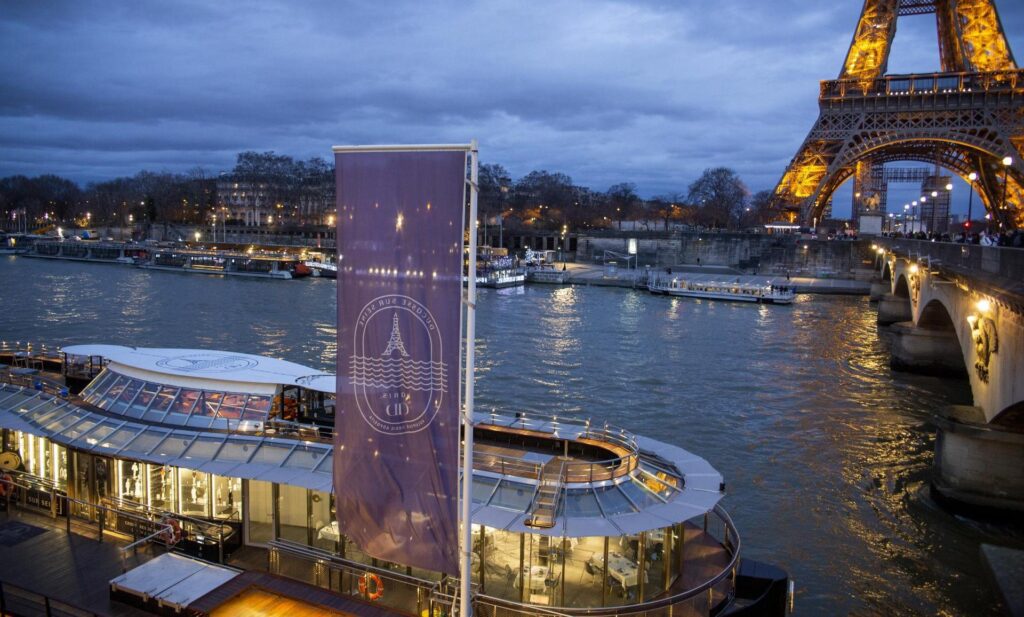
Just ten minutes from the Champs-Élysées, opposite the Iron Lady, step aboard Paris’s first 100% electric boat for an unforgettable gastronomic journey: the Ducasse sur Seine, created by the world’s most Michelin-starred chef, Alain Ducasse. Departing from Port Debilly, tucked beneath the Trocadéro Gardens, you’ll embark on a spectaculer cruise past the capital’s landmarks, guided by Martin Chaffanjon. On board, indulge in the finest French cuisine with a refined menu crafted by Chefs Jean-Philippe Berens and Pierre Marty.
Nomicos, in Paris
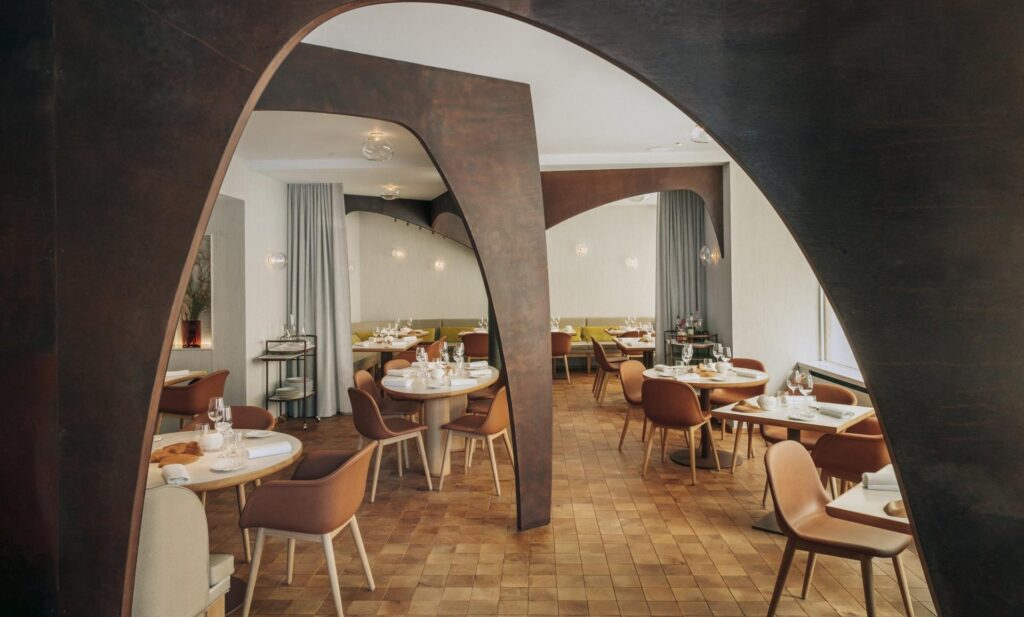

Just steps from the Arc de Triomphe on the Champs-Élysées, food lovers will find an unmissable Teritoria address: Nomicos. Born from Sabrina and Jean-Louis Nomicos’ desire to offer an innovative, creative cuisine, the restaurant’s culinary inventiveness has been rewarded with a Michelin star. For the dining room, interior designer Marie Deroudhuille has designed a glass-walled space featuring blown-glass light fixtures, soaring corten steel arches, walnut tables, and oak floors, a setting as inspiring as the sun-drenched dishes on the menu.
Restaurant Kei, in Paris

Paris is a cosmopolitan city, and there is no better place to experience its diversity than Restaurant Kei, where Chef Kei Kobayashi blends influences from his Japanese heritage with French culinary expertise. Awarded three Michelin stars, this exceptional restaurant, just a 15-minute walk from the world’s most beautiful avenue, offers a journey of bold and refined flavours.
Les Ombres, quai Branly, in Paris
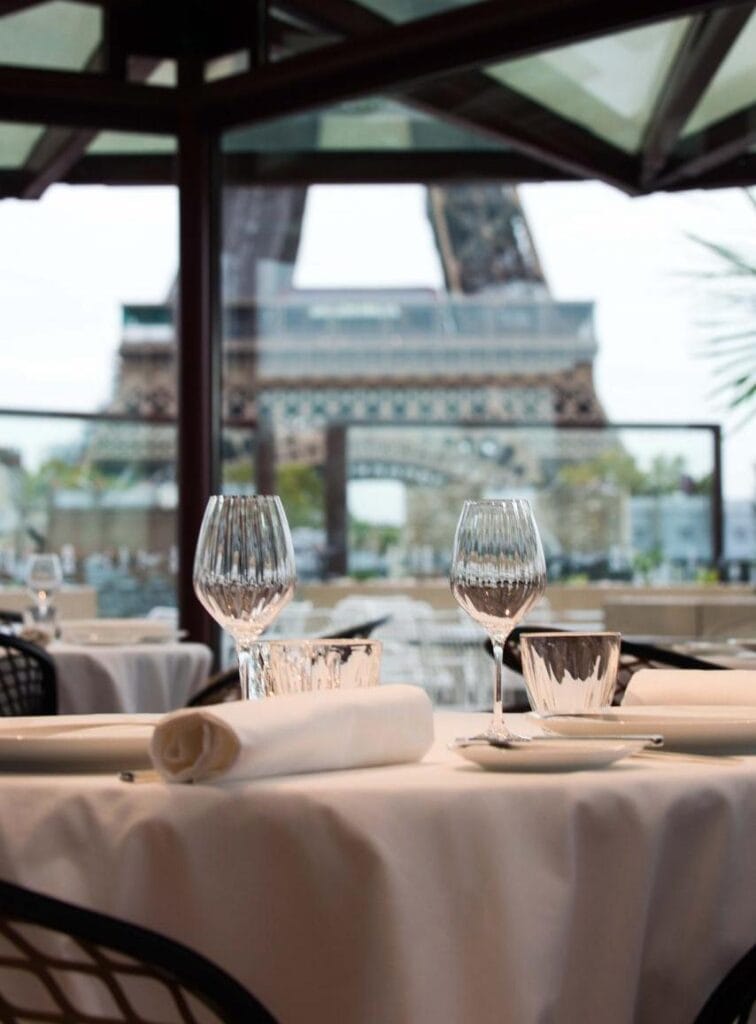

In this gourmet restaurant in the historic heart of Paris, the menu combines Mediterranean flavours with Alain Ducasse’s Naturalité philosophy, all enjoyed with a view of the Eiffel Tower. Delight in the authentic French cuisine of Chef Alexandre Semperé, whether in the dining room with its vast bay windows overlooking the city or on the rooftop terrace under the Parisian sun.
Tour de France Paris: our hotels in the capital
The cyclists of the Tour de France have been travelling across the country for a month now. For those who have been following them since Lille, or for those who want to take advantage of this great event to discover Paris, Teritoria has the ideal address for you to stay close to the excitement of the Grande Boucle.
Hôtel Hiro, in Paris
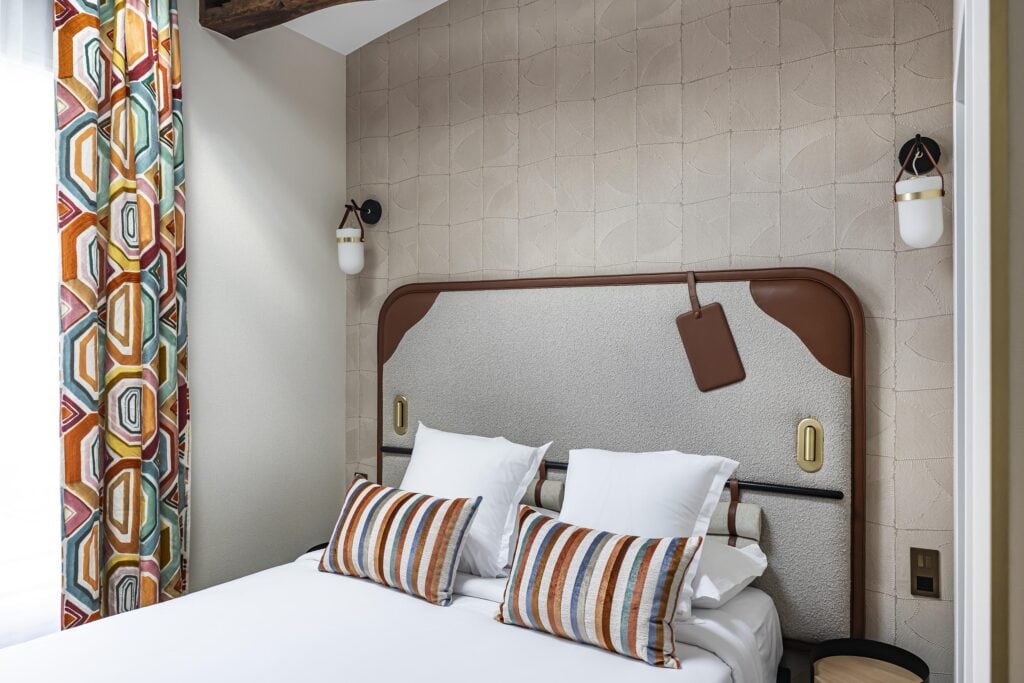
Between the Champs-Élysées and the Arc de Triomphe, Hôtel Hiro offers a cosy retreat in a quintessentially Parisian setting. The rooms are both comfortable and practical, while the attentive staff are on hand to make your stay in the City of Light seamless. Don’t hesitate to ask for advice, the team knows all the best locations in Paris and will be your best guides. As we like to say at Teritoria, there’s nothing better for an authentic trip than staying with the locals.
Hôtel Le Meurice, in Paris
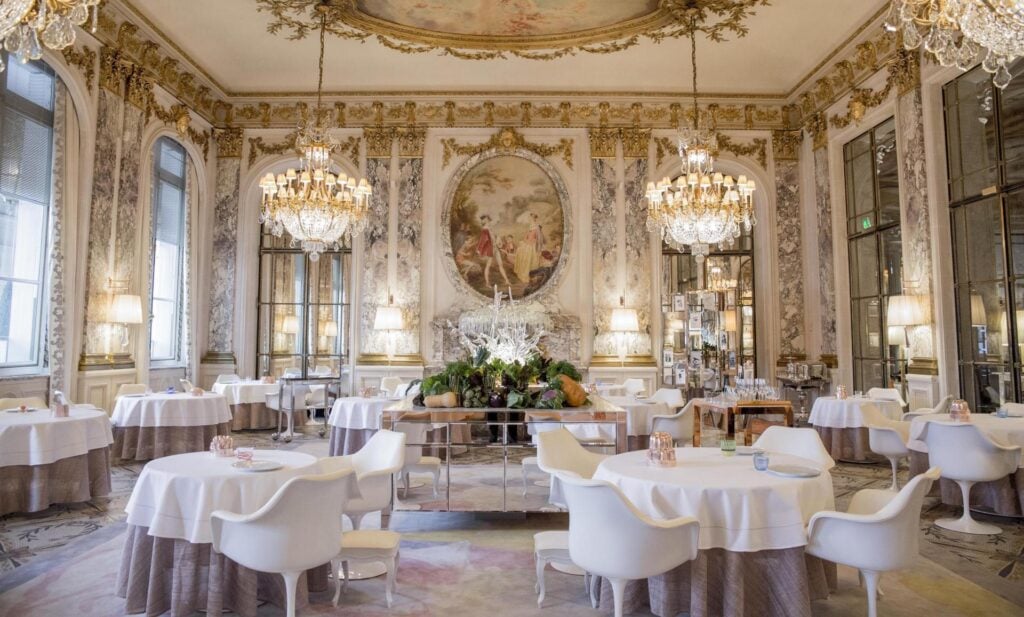
For an authentic Parisian stay, nothing rivals the historic Hôtel Le Meurice, overlooking the Tuileries Gardens and just 15 minutes from the Champs-Élysées. To immerse yourself in French history, dine at the legendary multi-starred restaurant Le Meurice, where Chef Alain Ducasse evokes the spirit of Marie-Antoinette’s Salon de la Paix at Versailles. This sense of prestige continues on the plate, with Executive Chef Amaury Bouhours showcasing the authentic flavours of the French terroir.
Whether you’re seeking well-being or simplicity, Teritoria has selected the finest addresses for an unforgettable experience during the Tour de France finale on the Champs-Élysées. Enjoy your stay in Paris by joining the Teritoria loyalty programme: earn 3% cashback after every visit to one of our European properties, redeemable immediately for another memorable stay or meal. Registration is free! Don’t wait, book your stay now and discover all the wonders of the French capital. For extra experiences and gift ideas, explore our gift shop, where you’ll find gift boxes and cards valid in over 400 hotels and restaurants. And to keep up with our latest news and exclusive offers, subscribe to our newsletter.
By Émilie FALLOT NGUYEN


